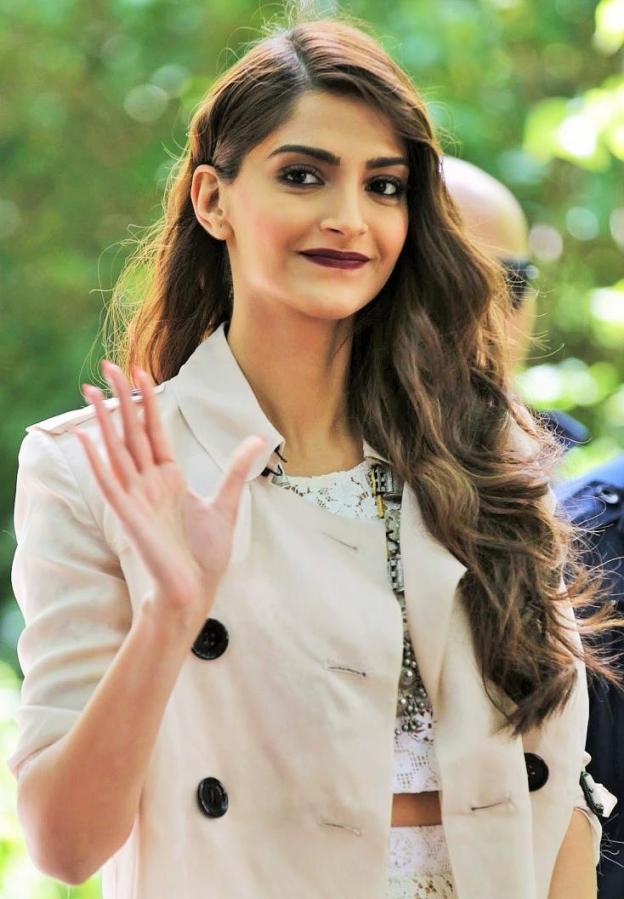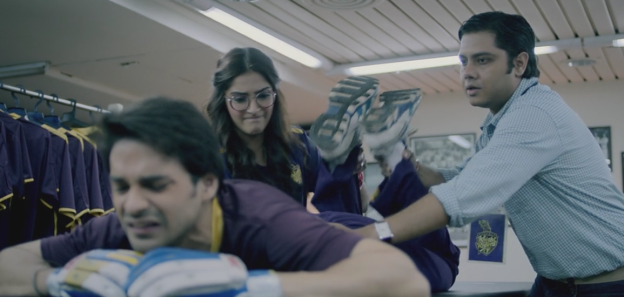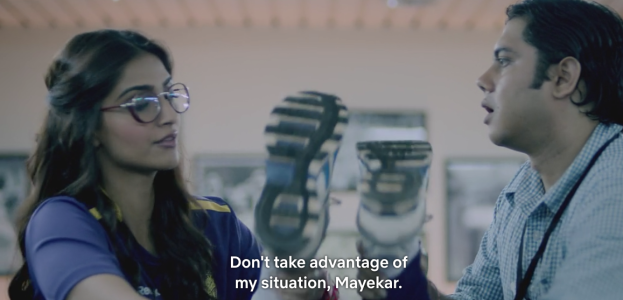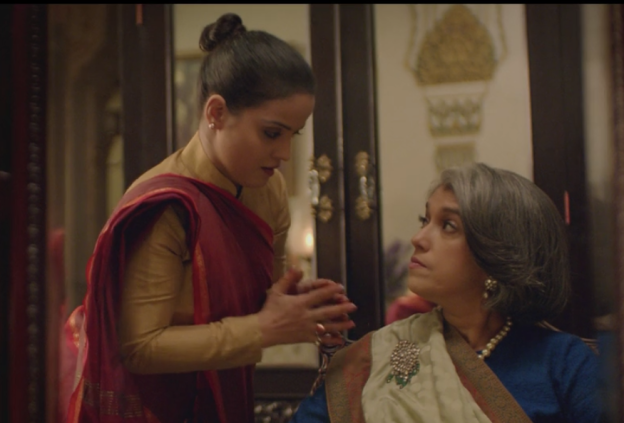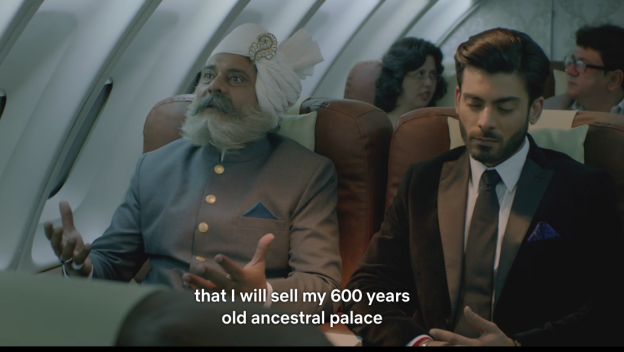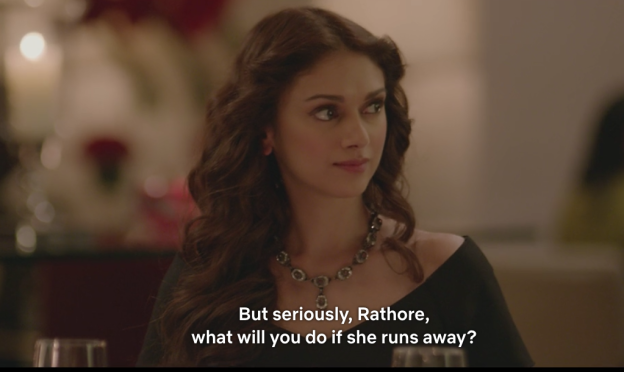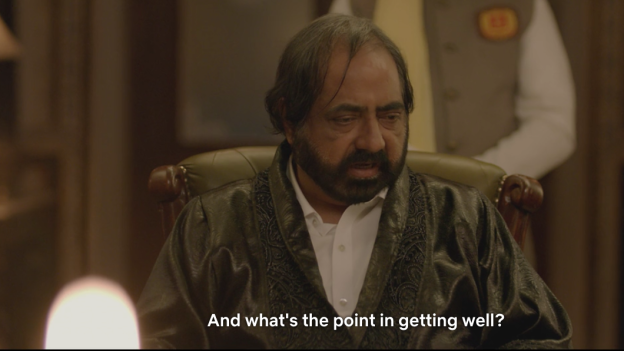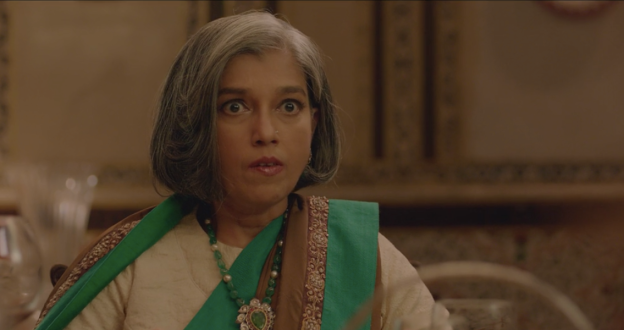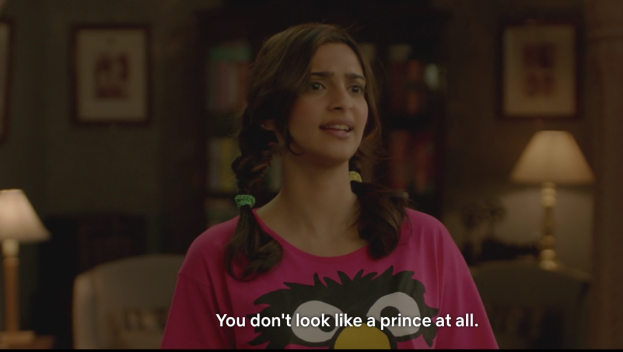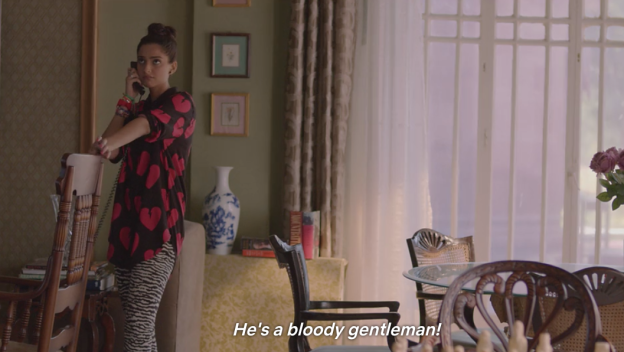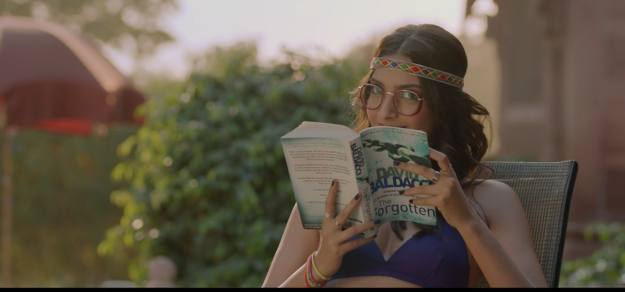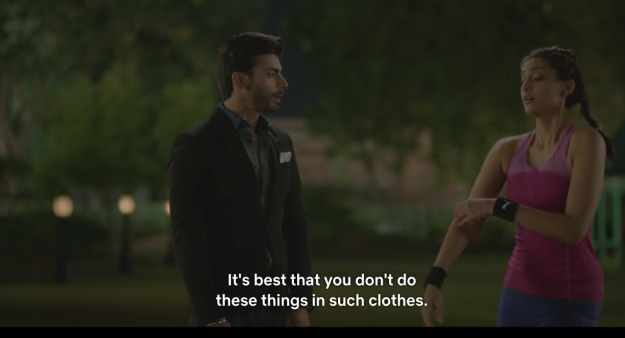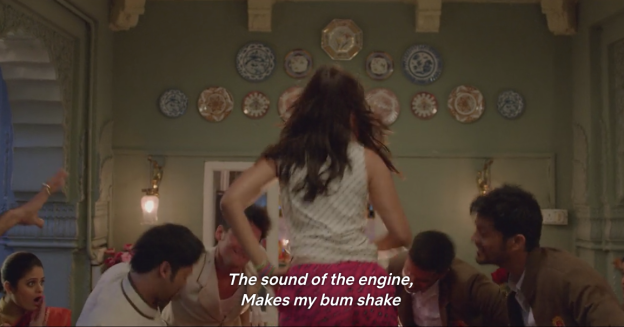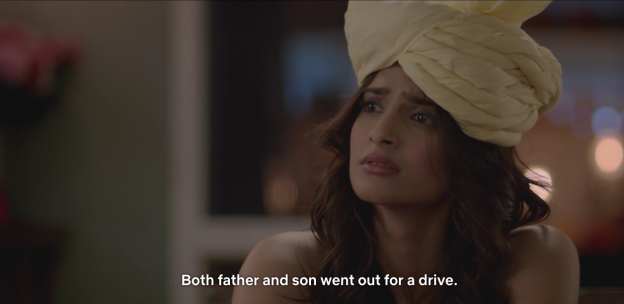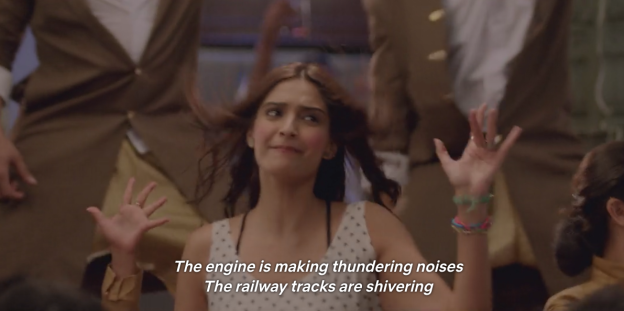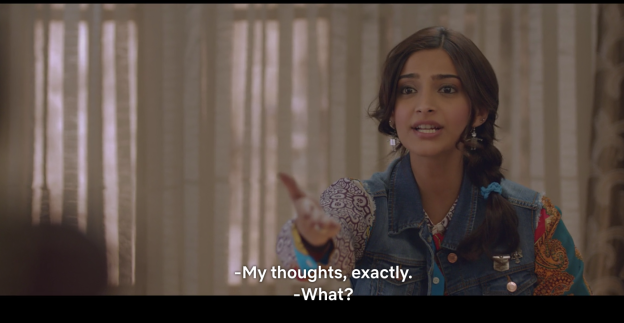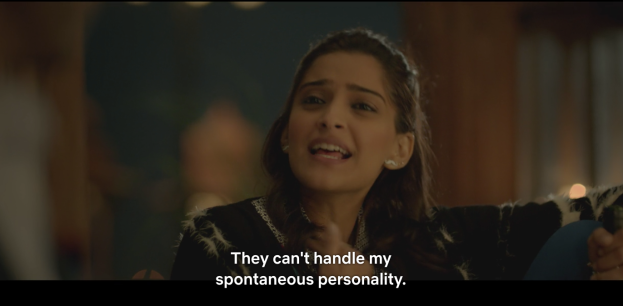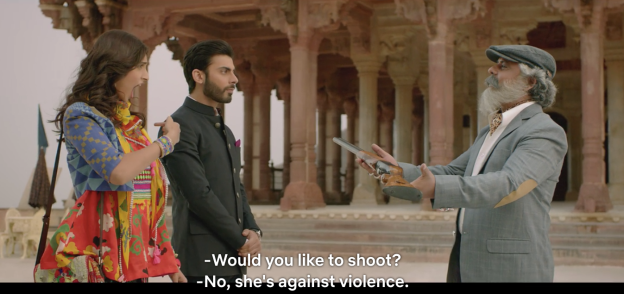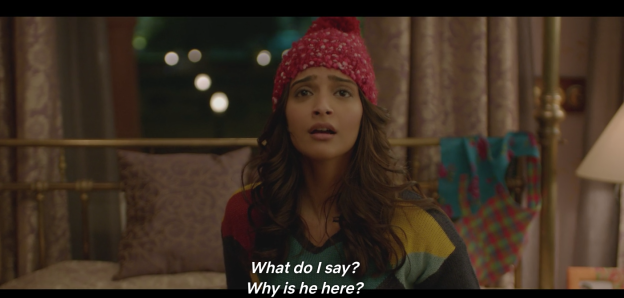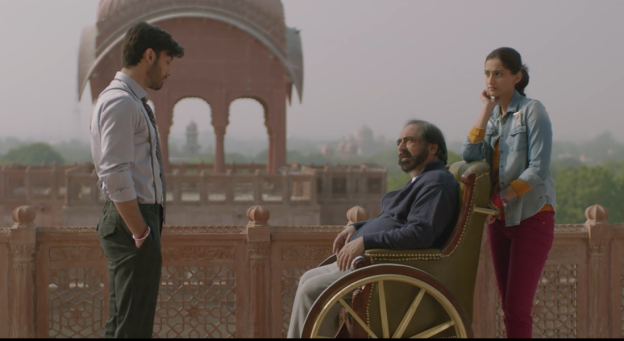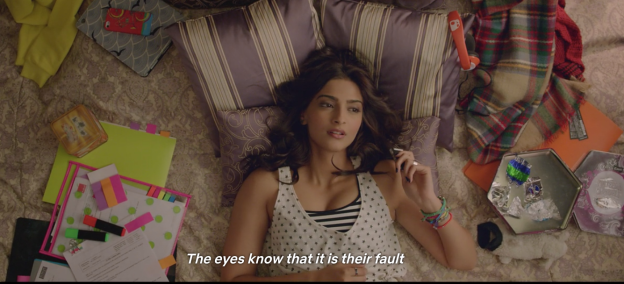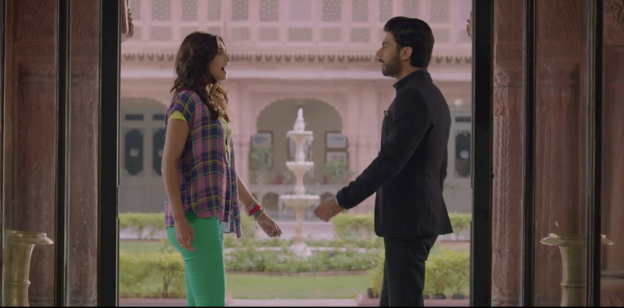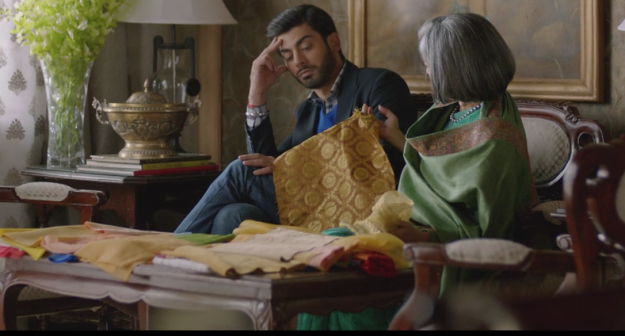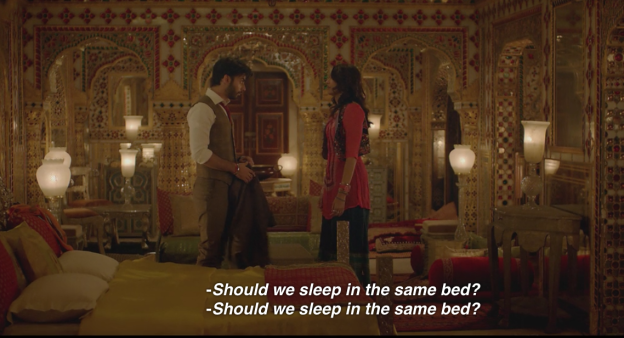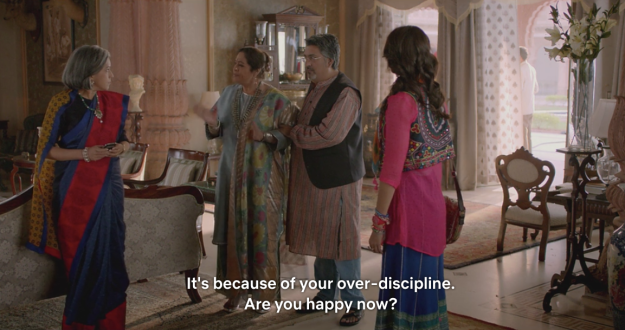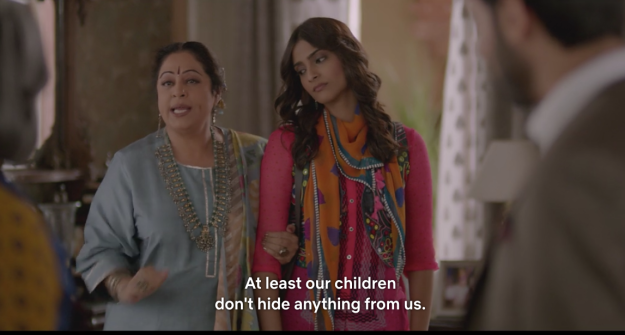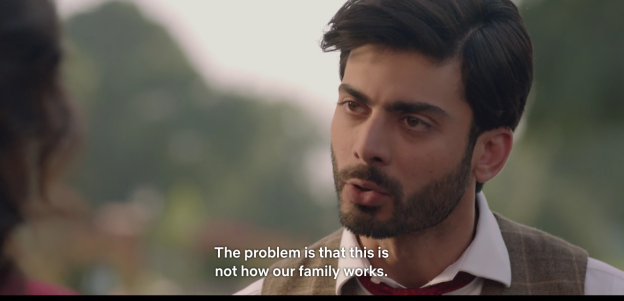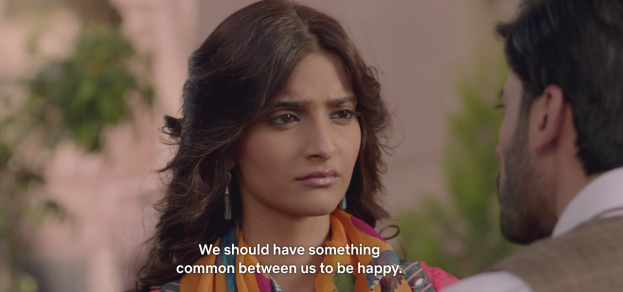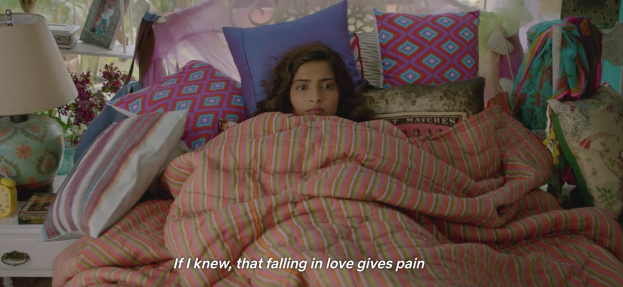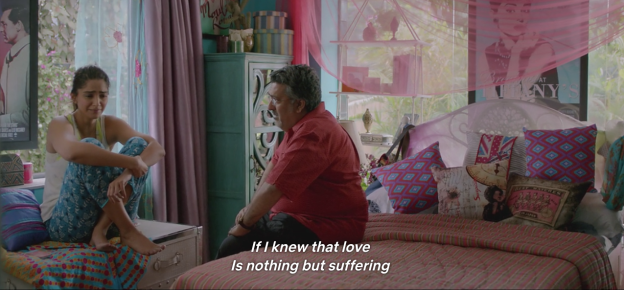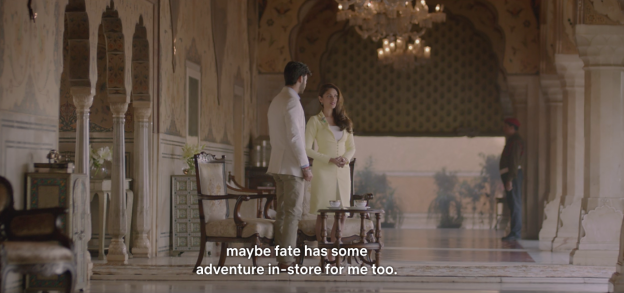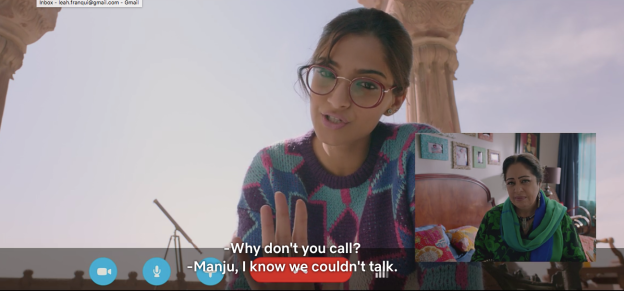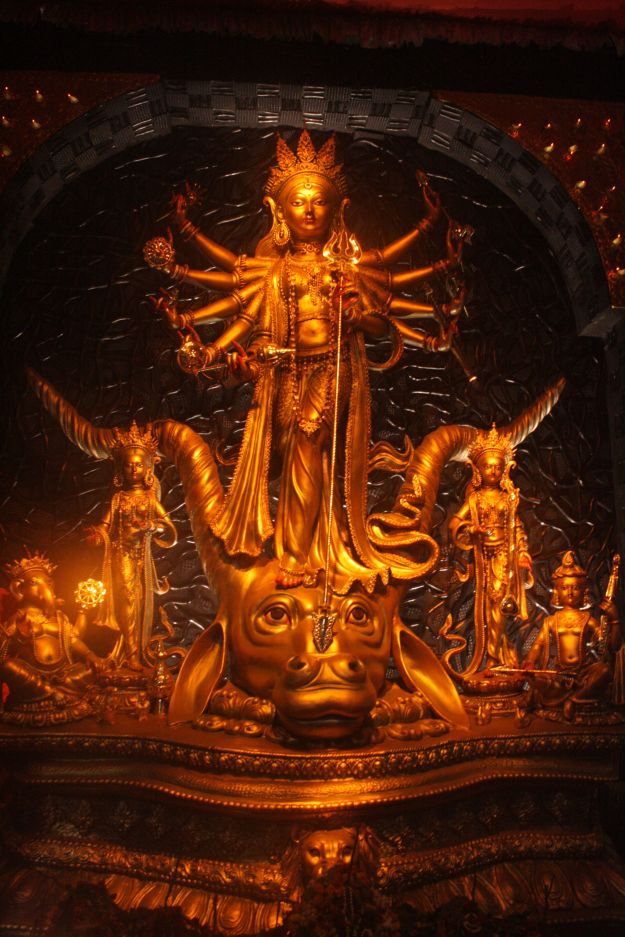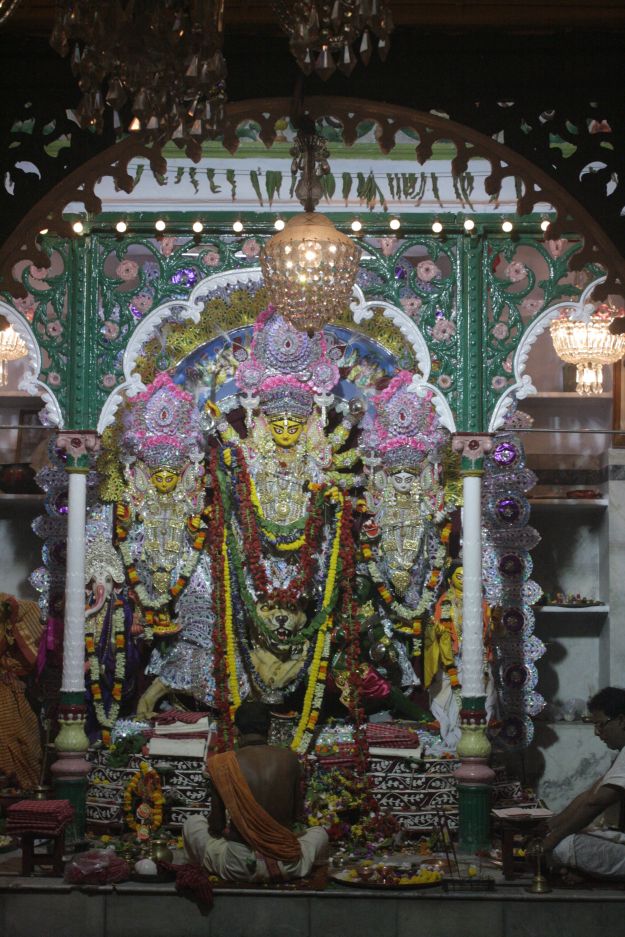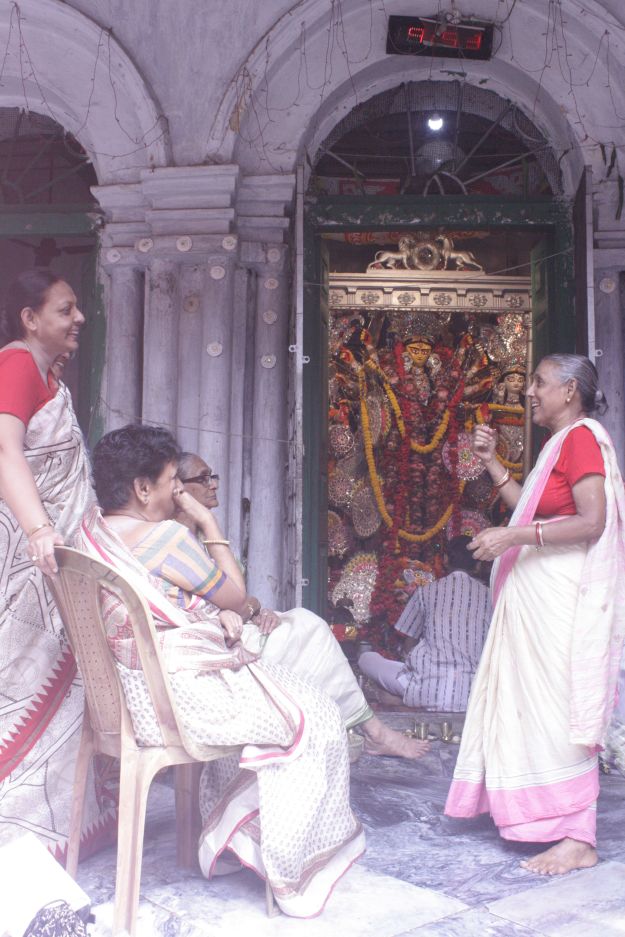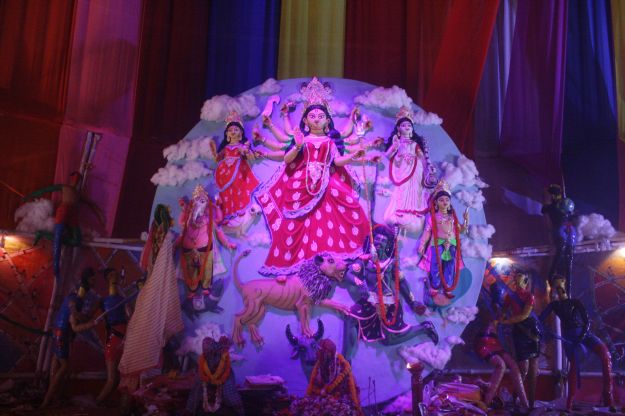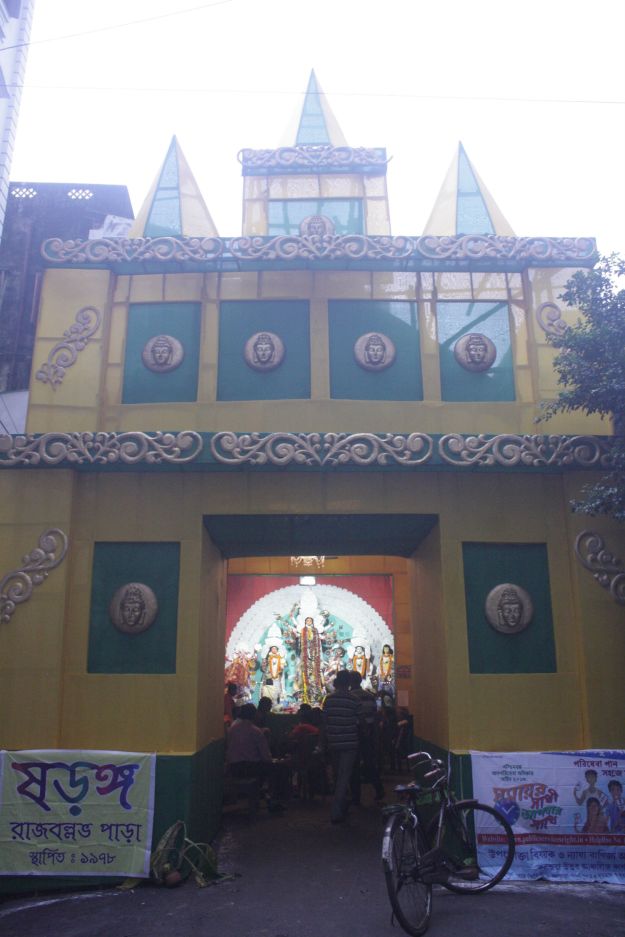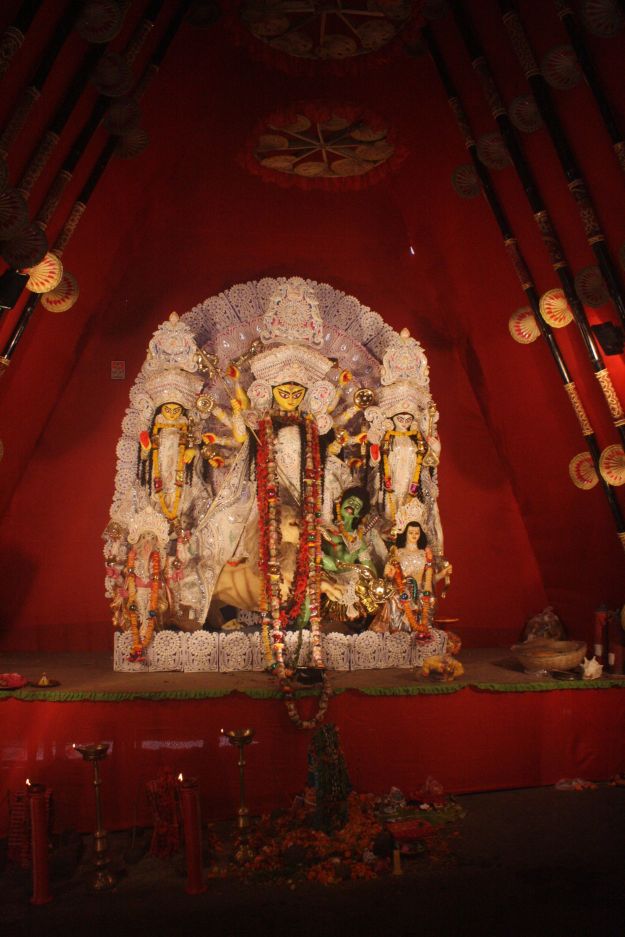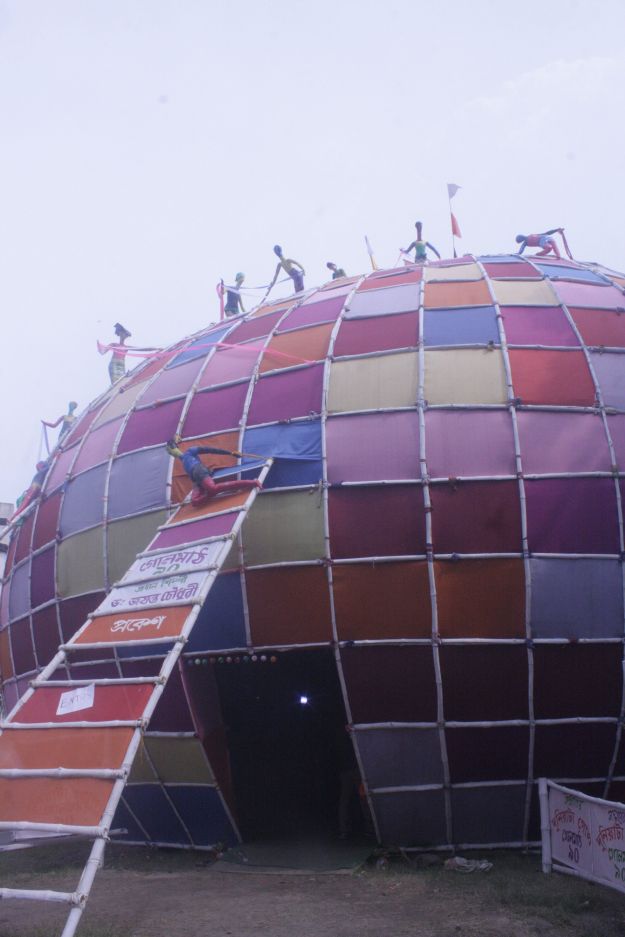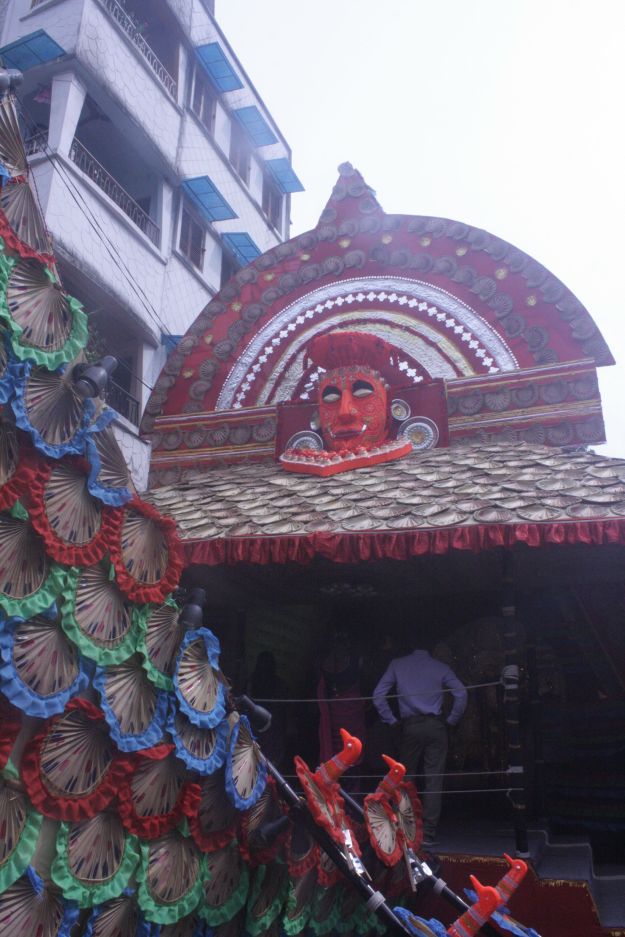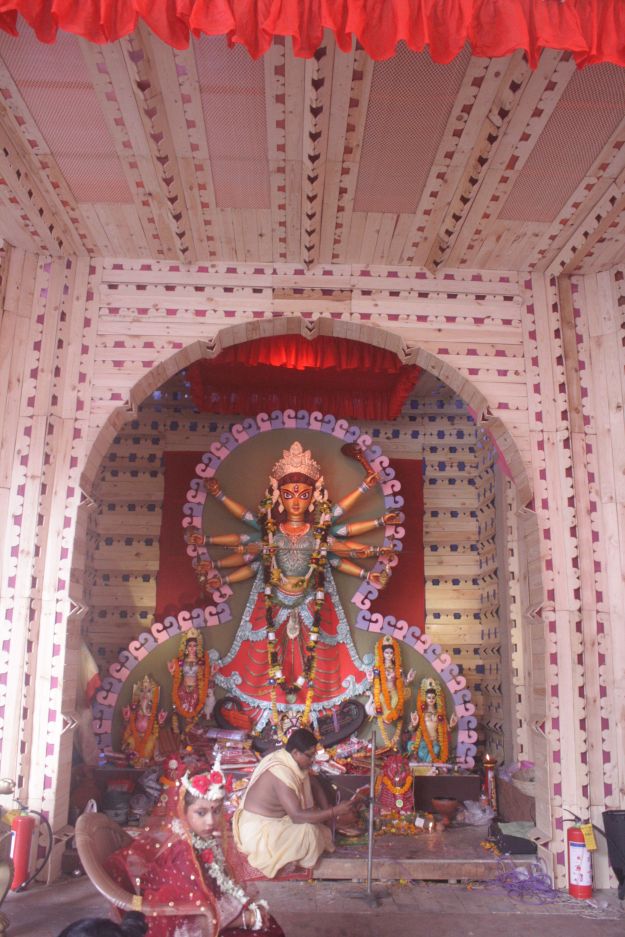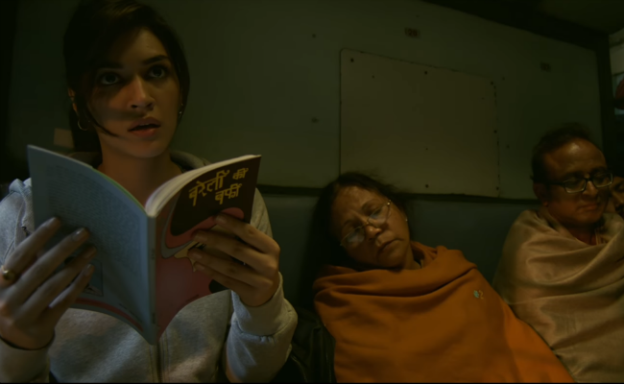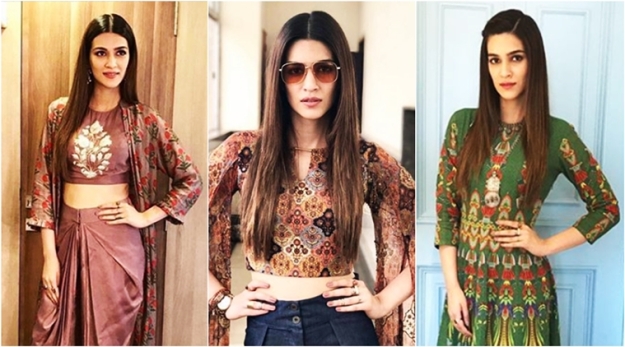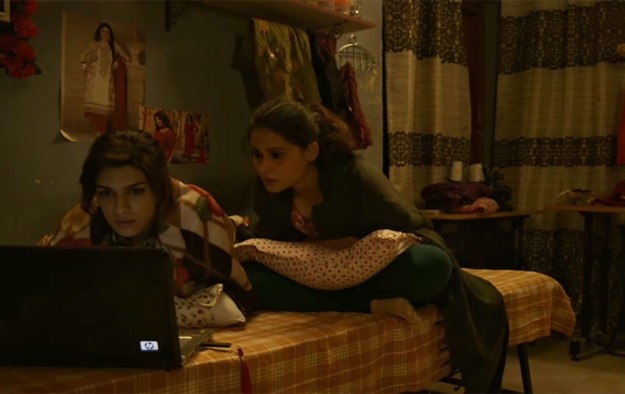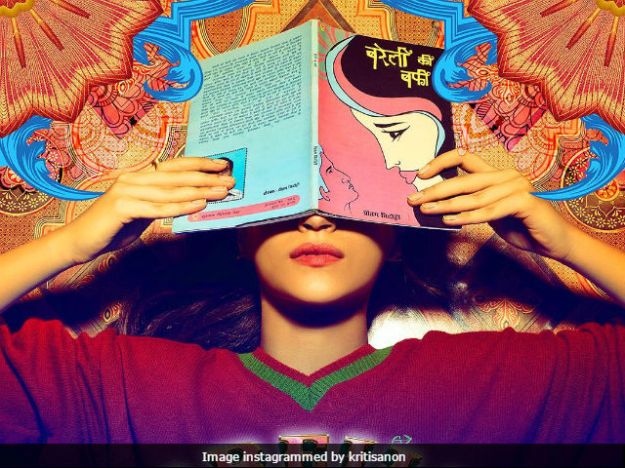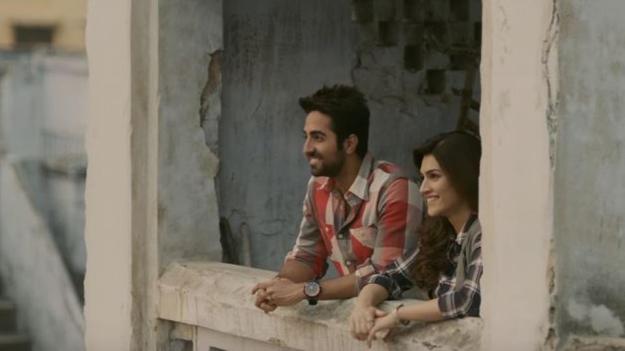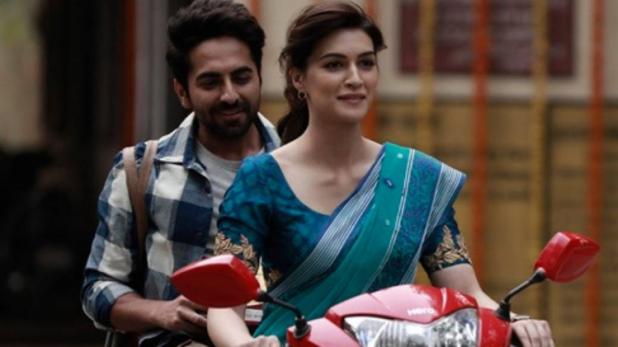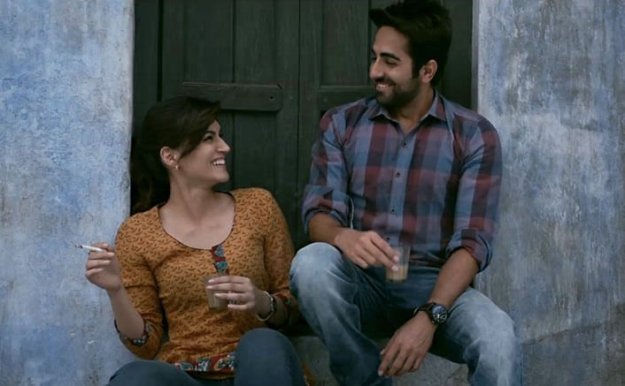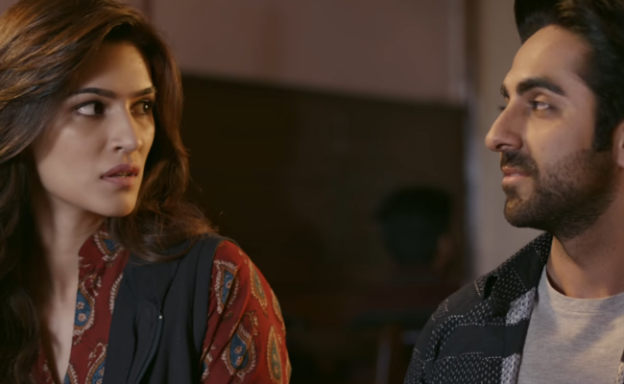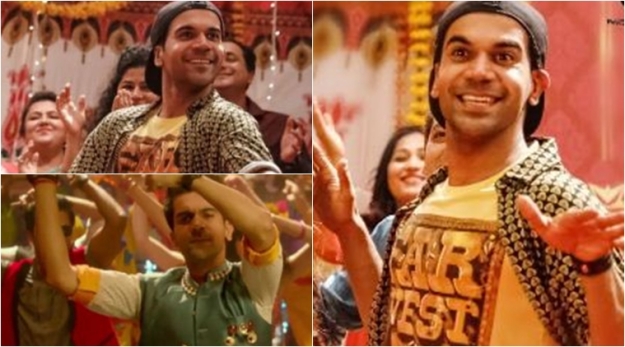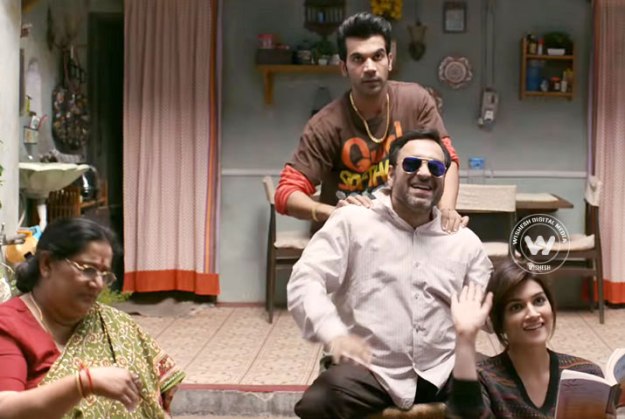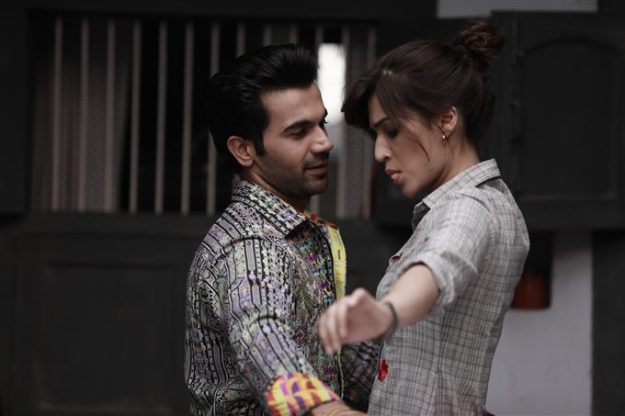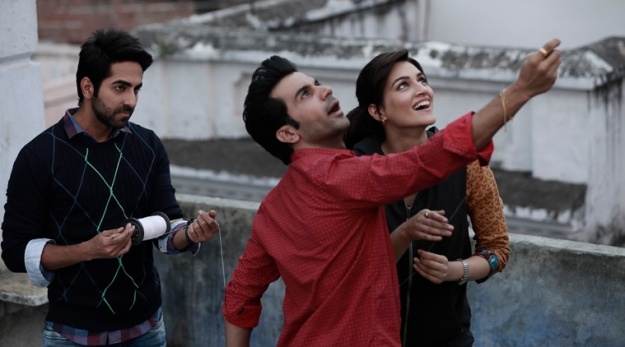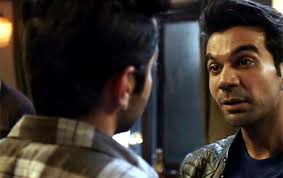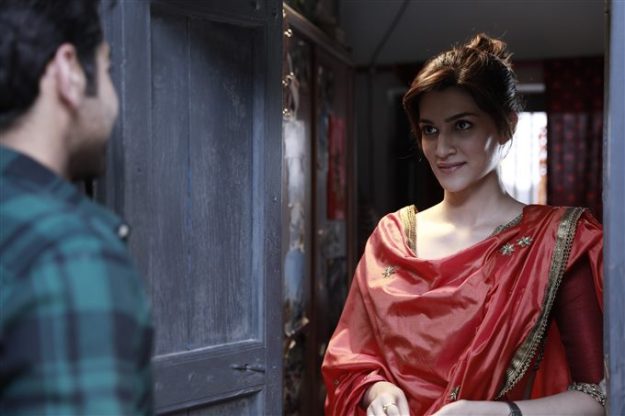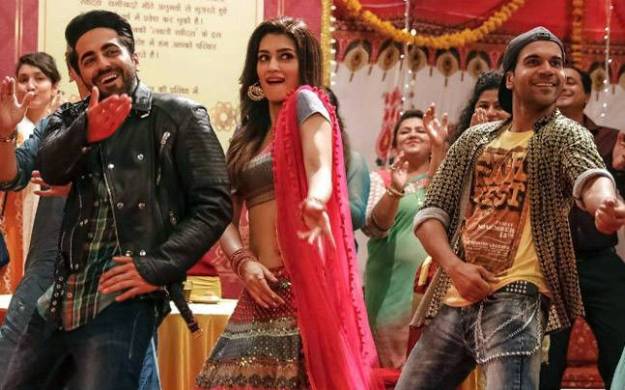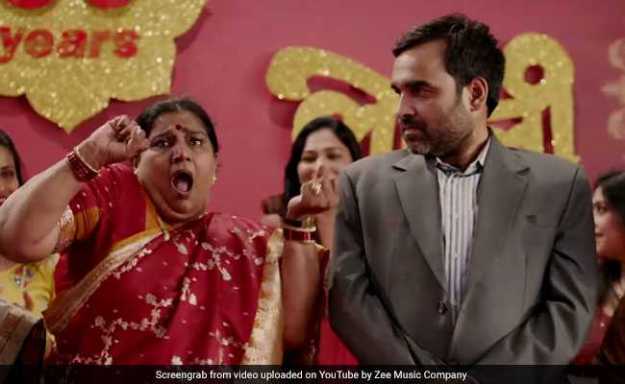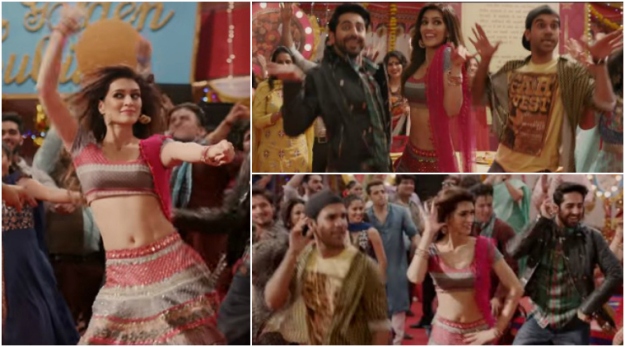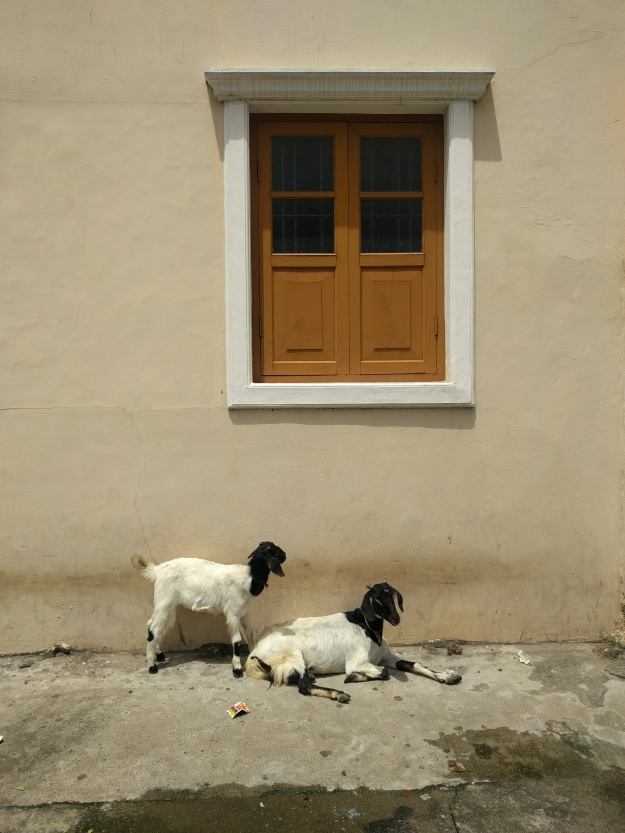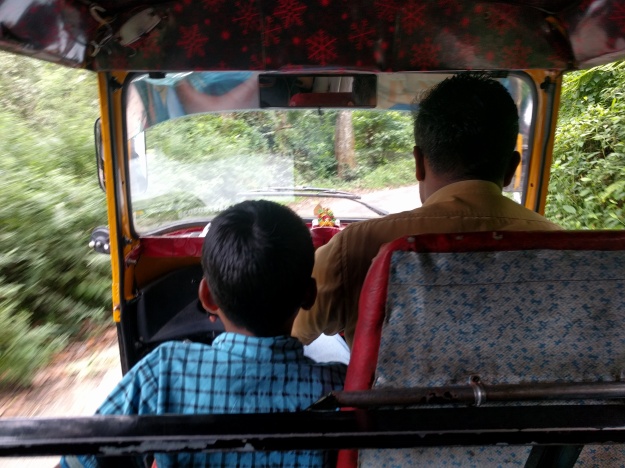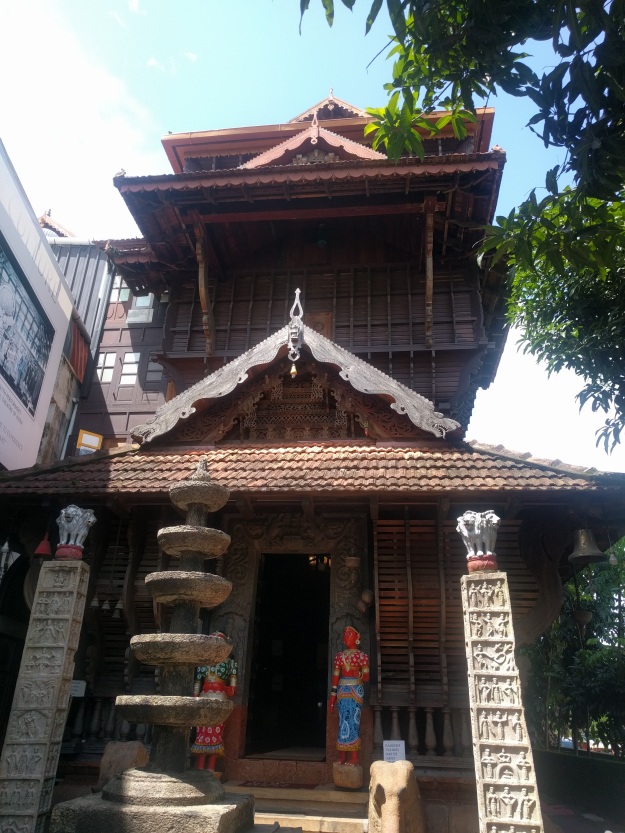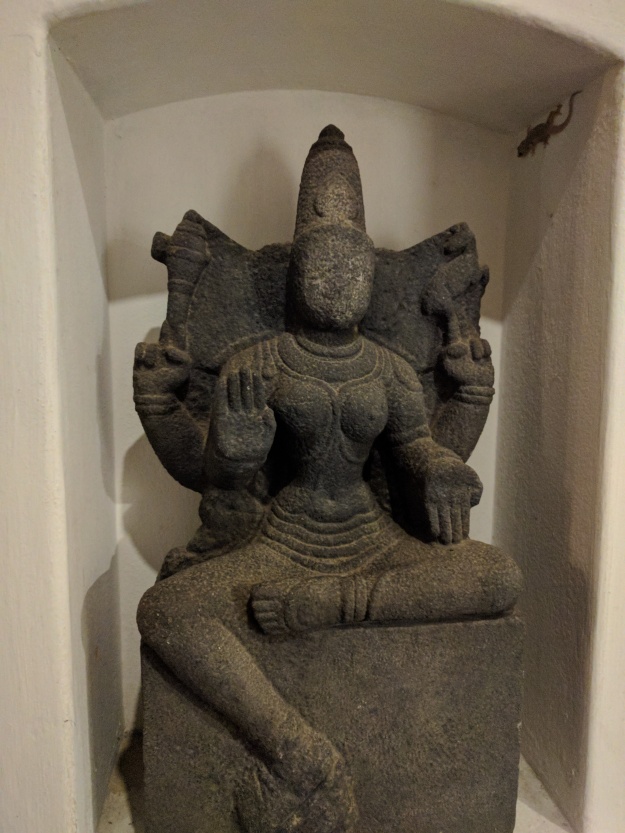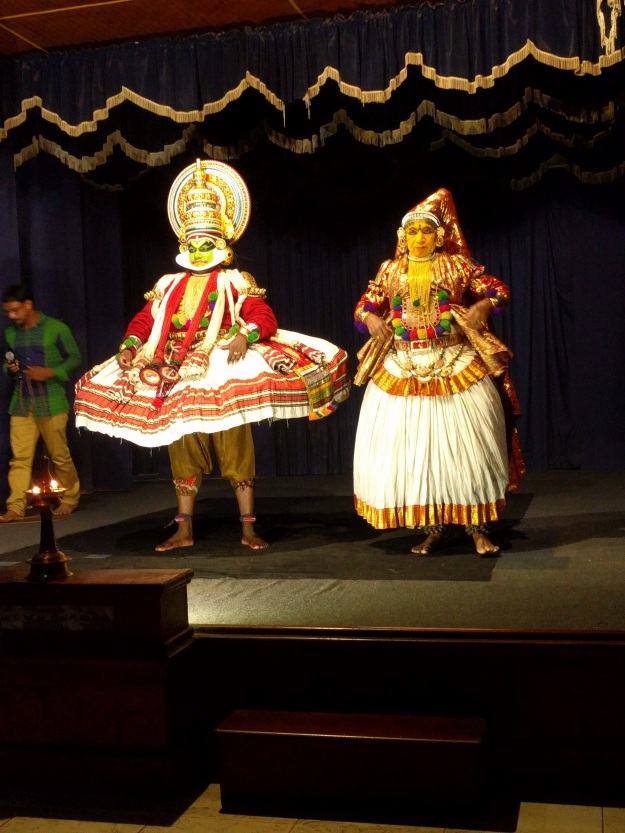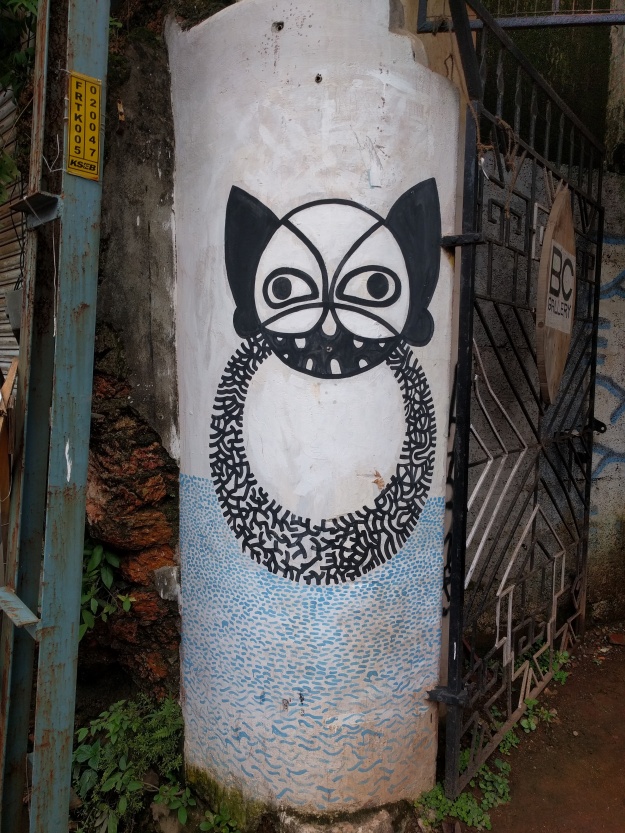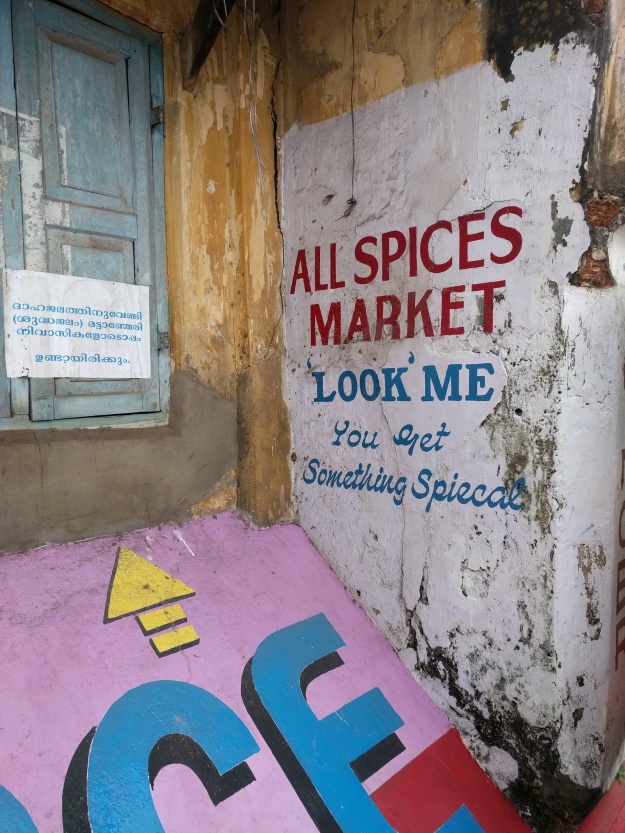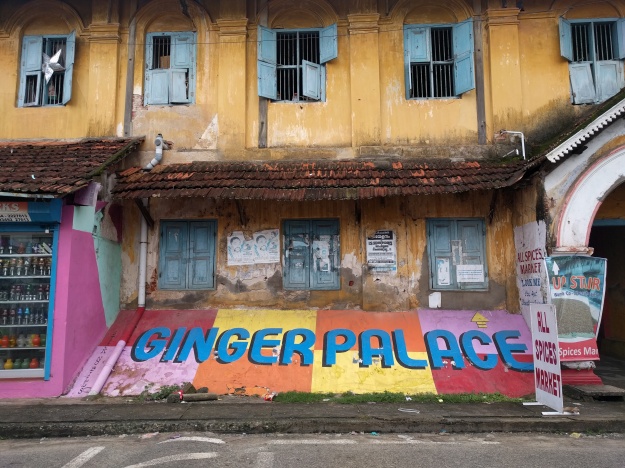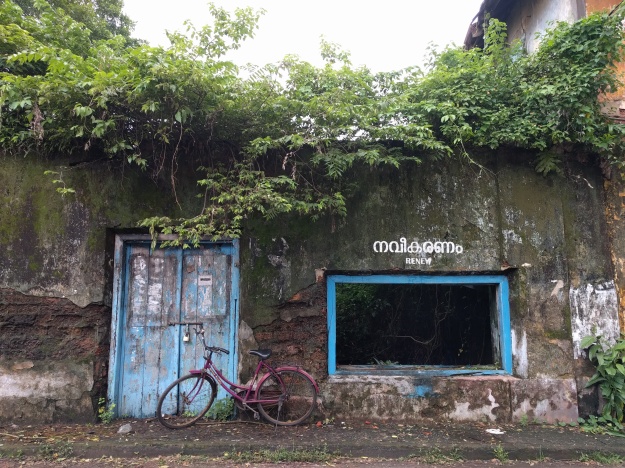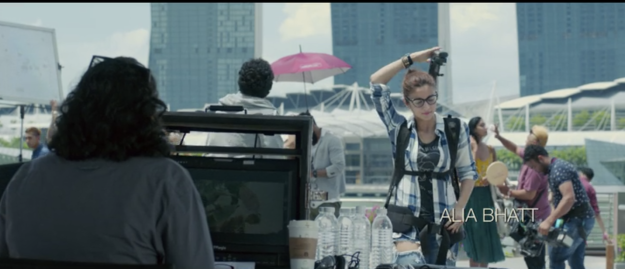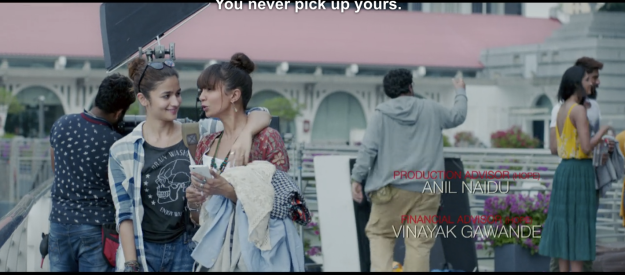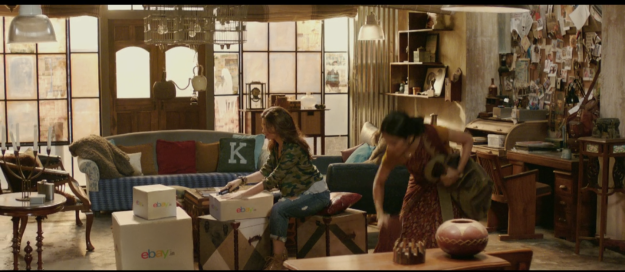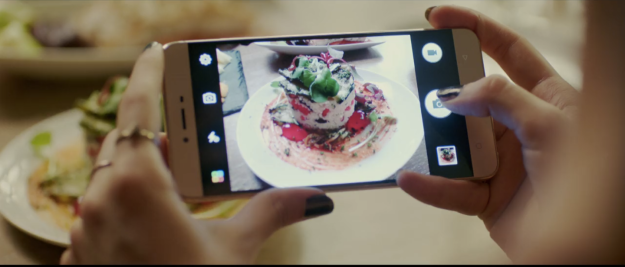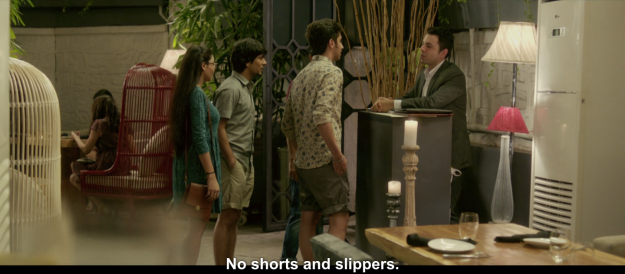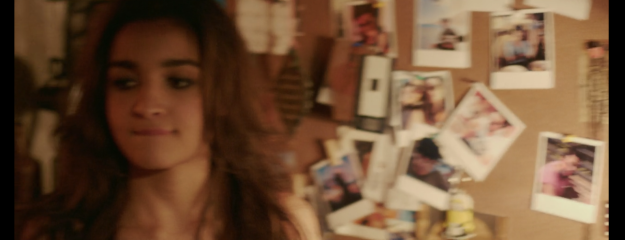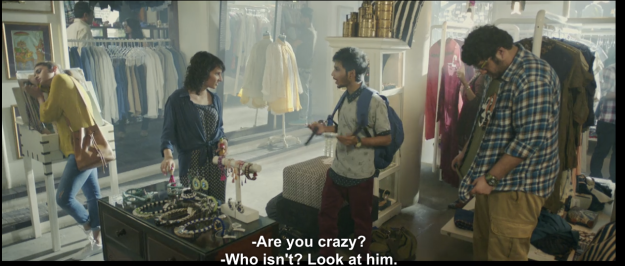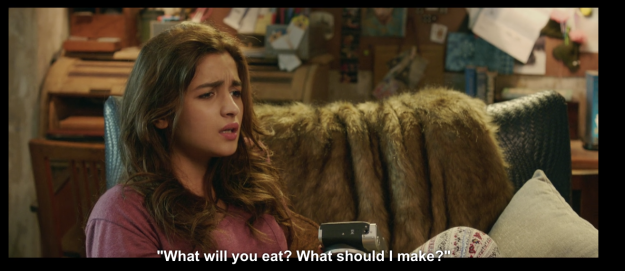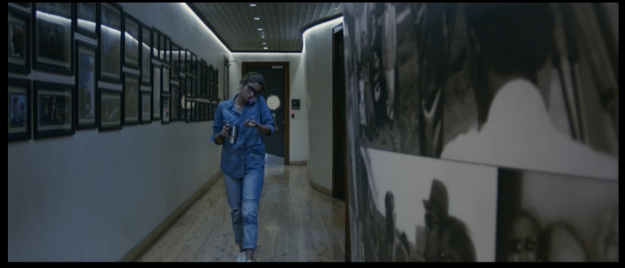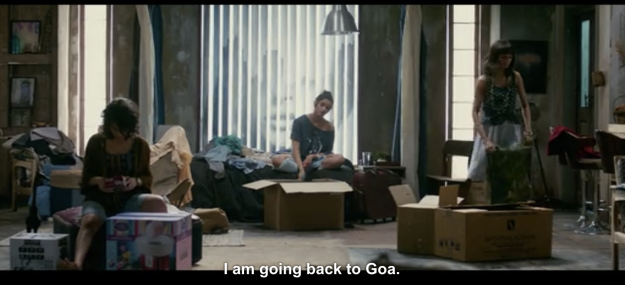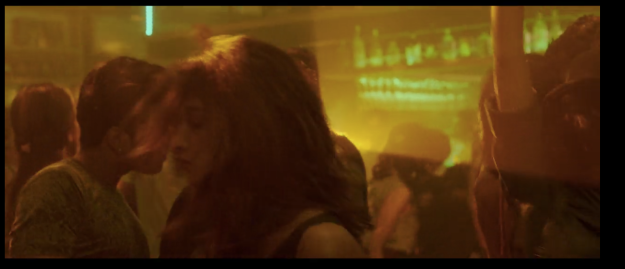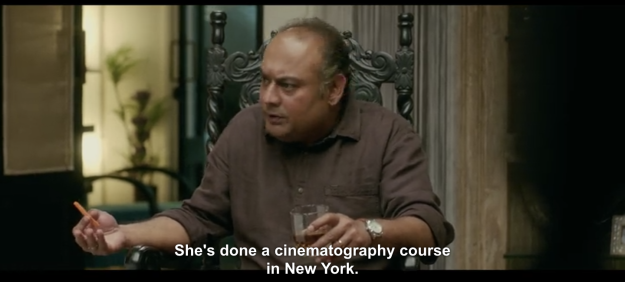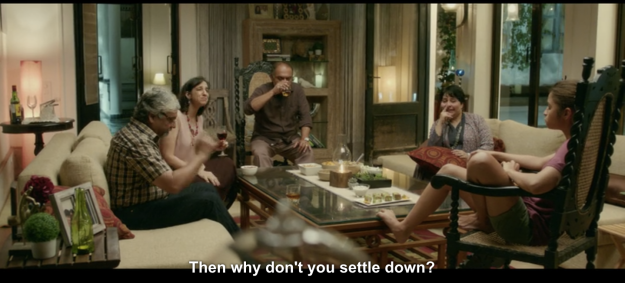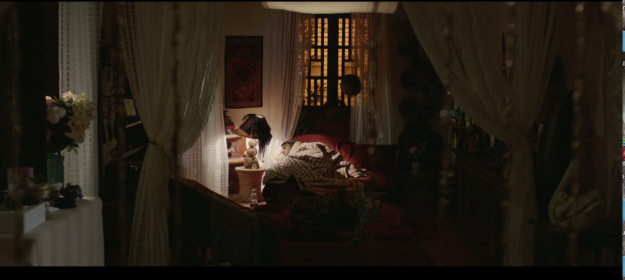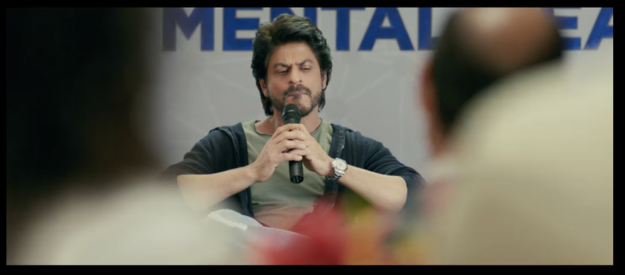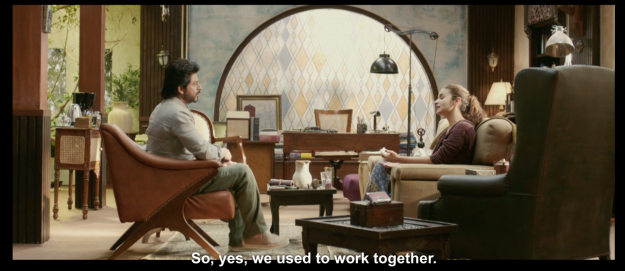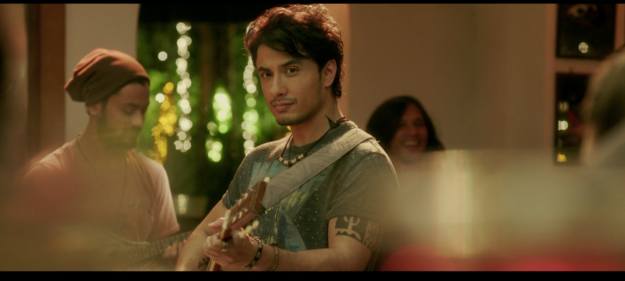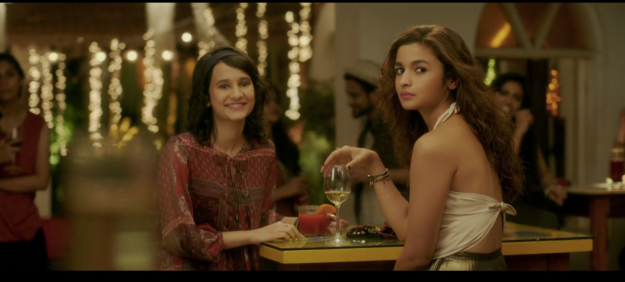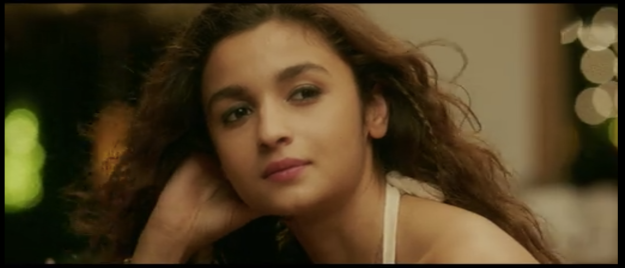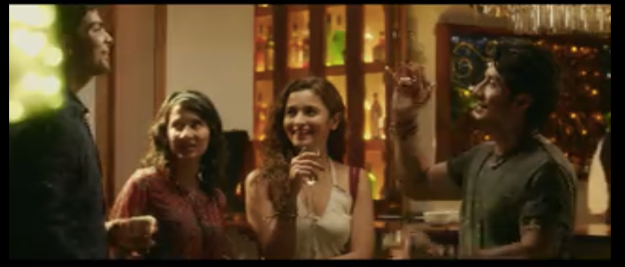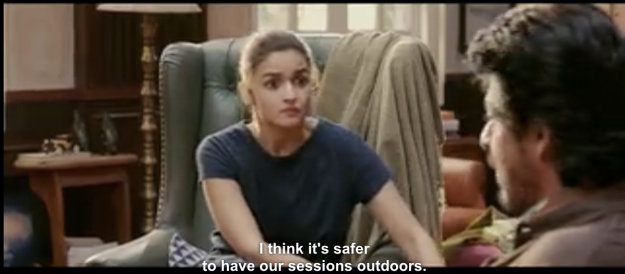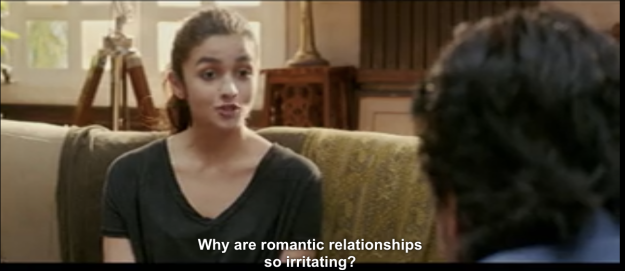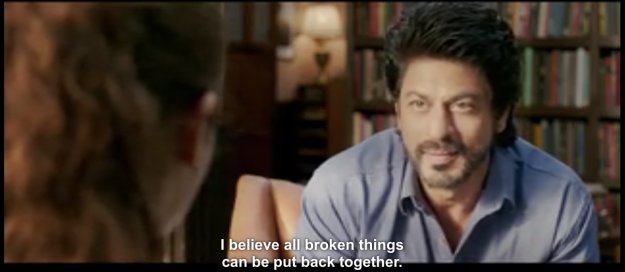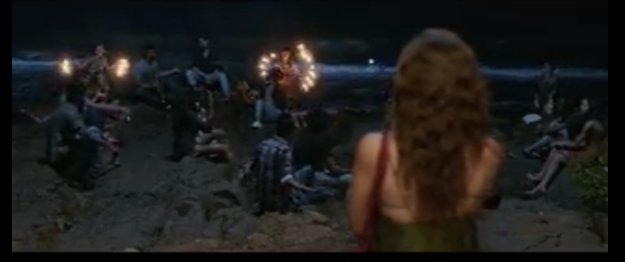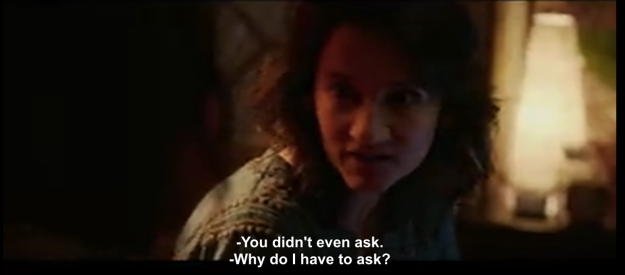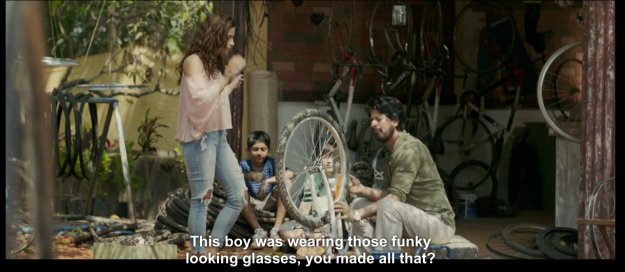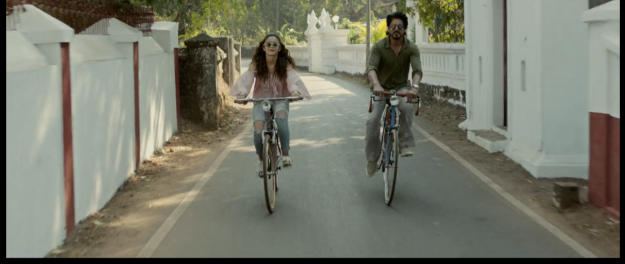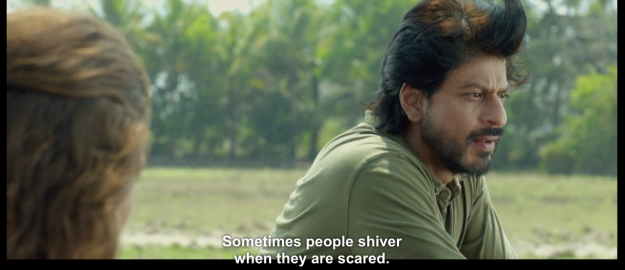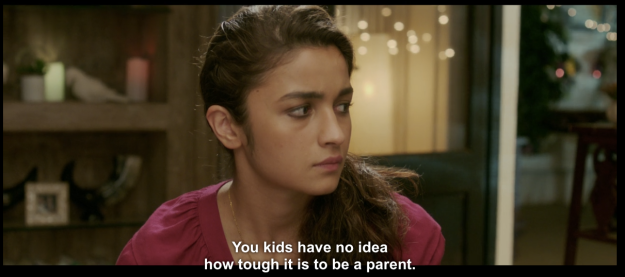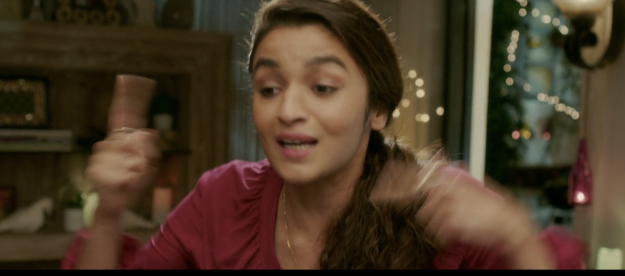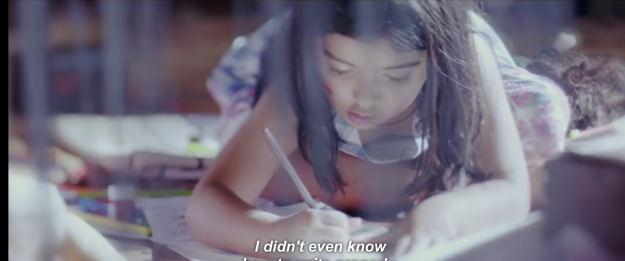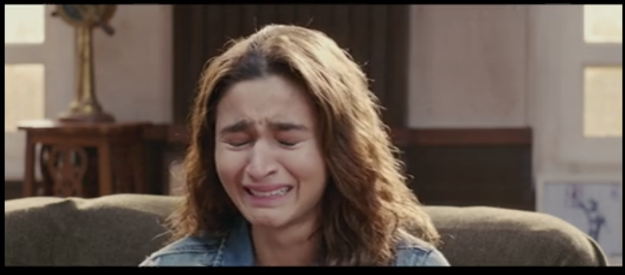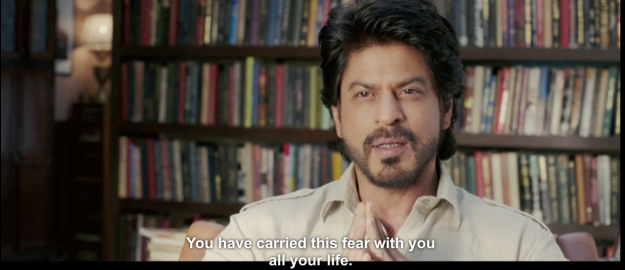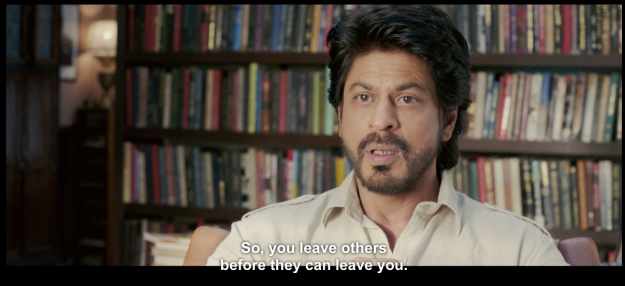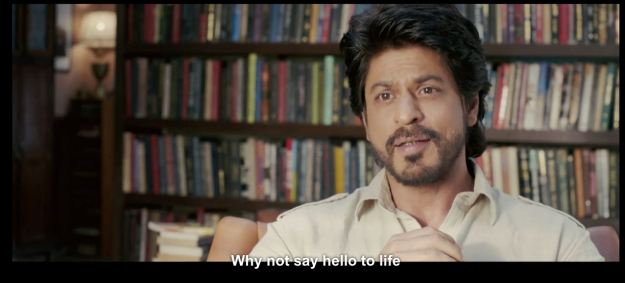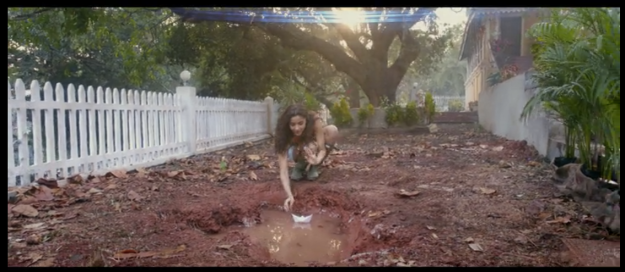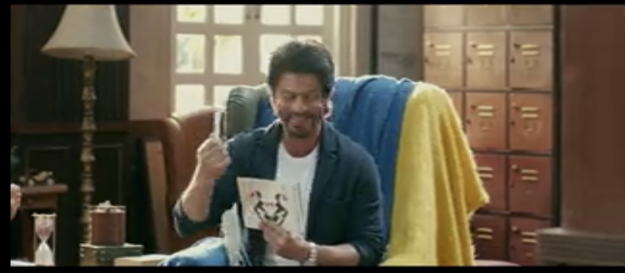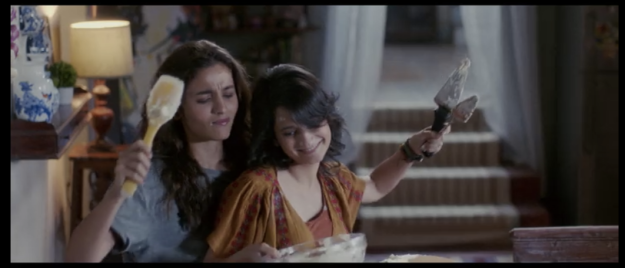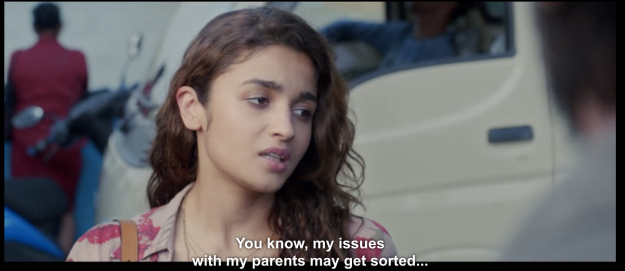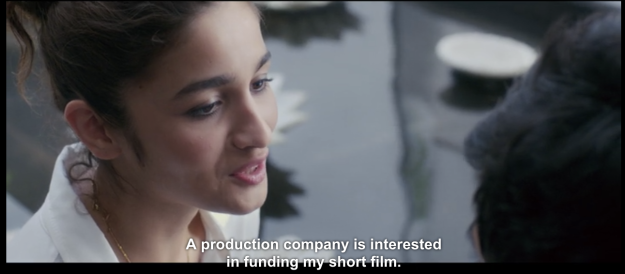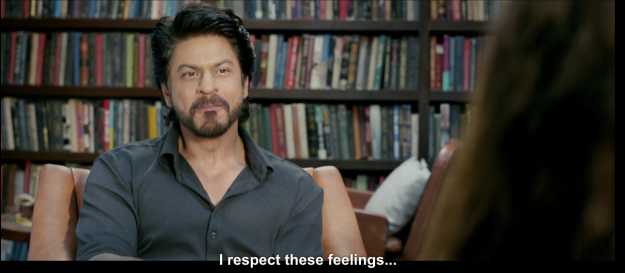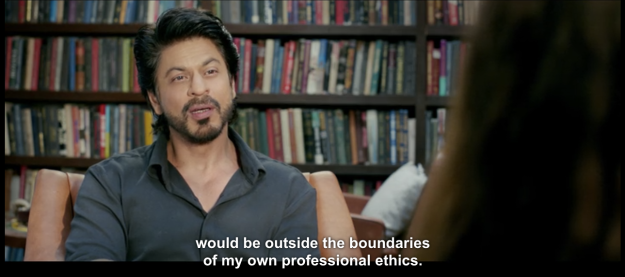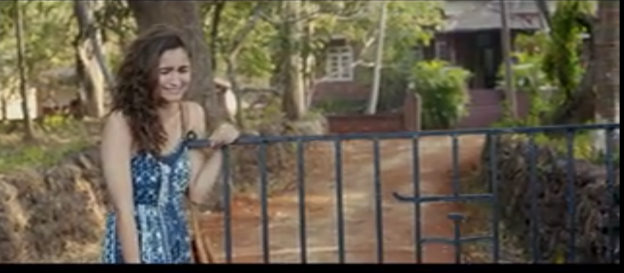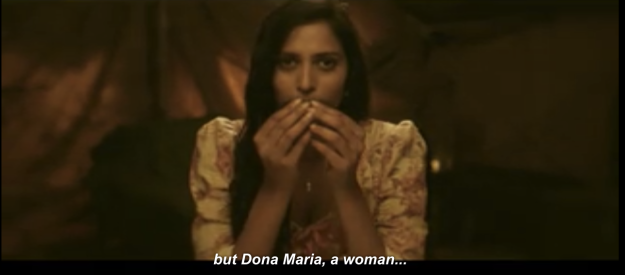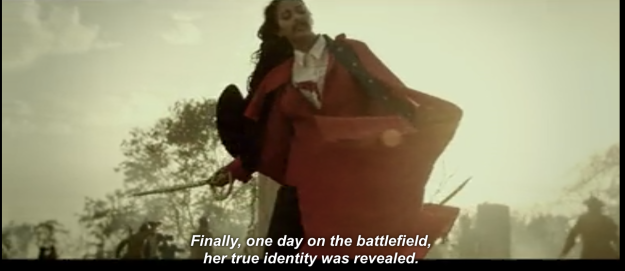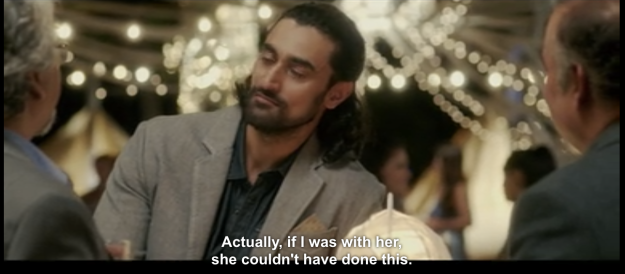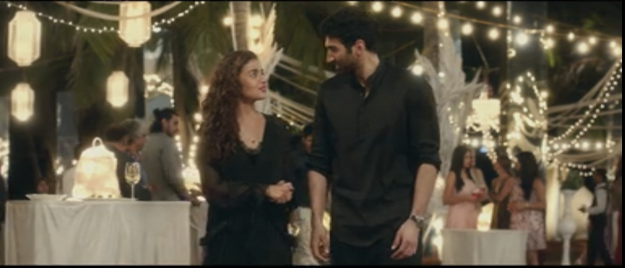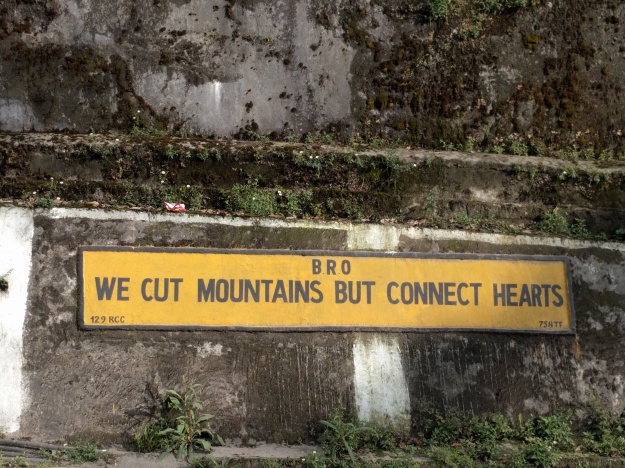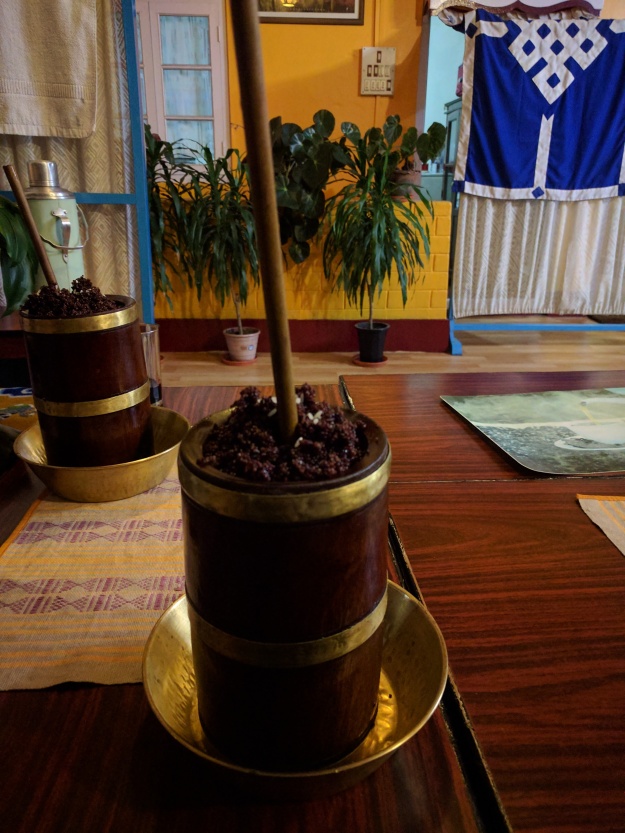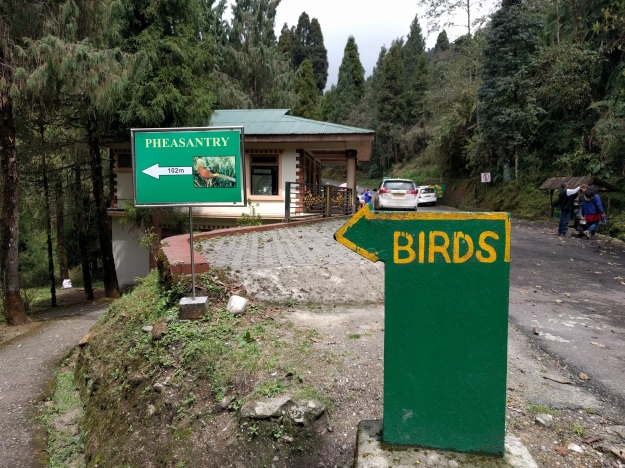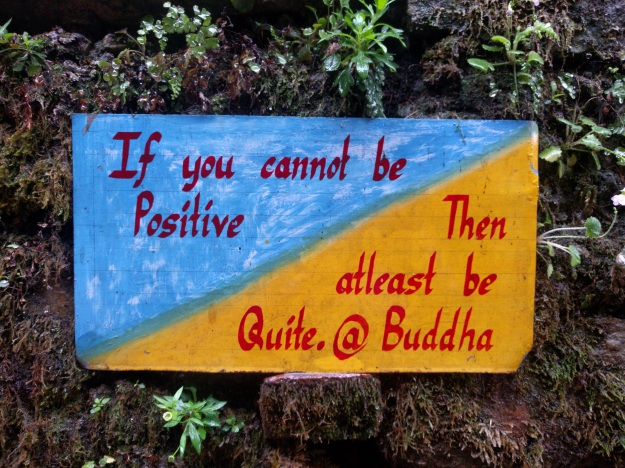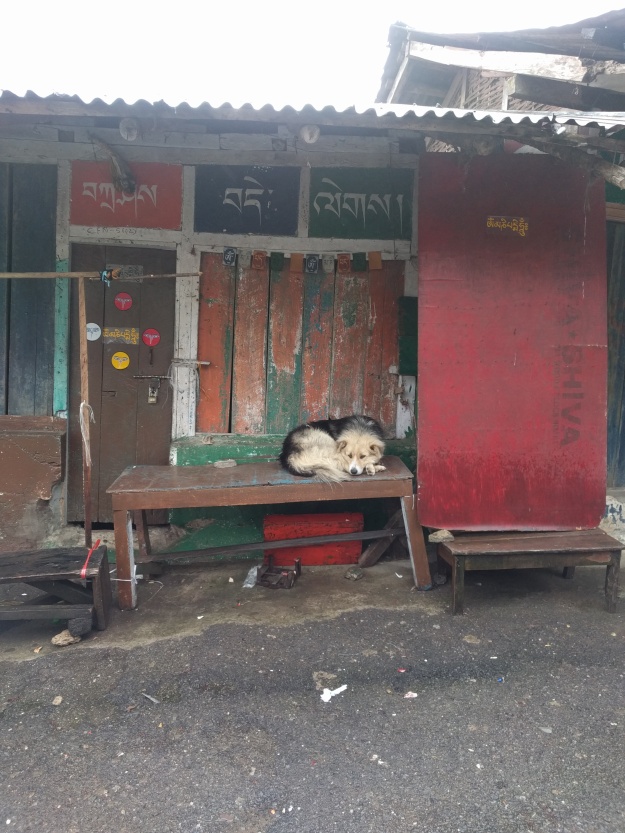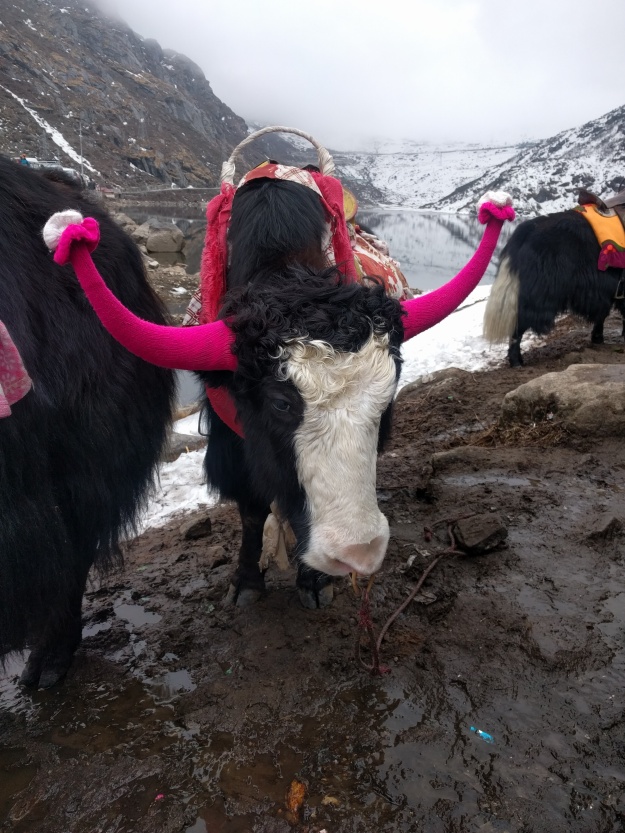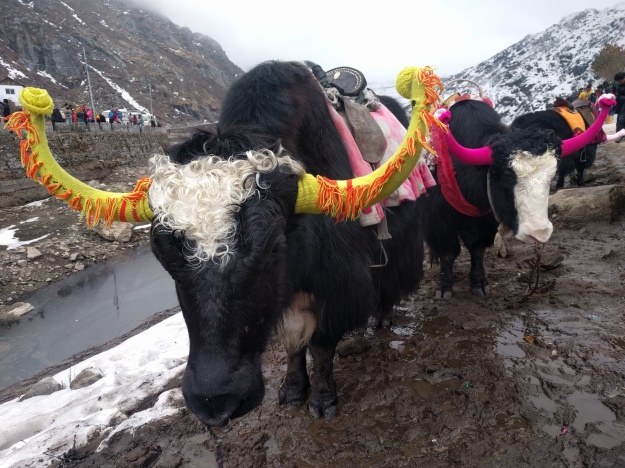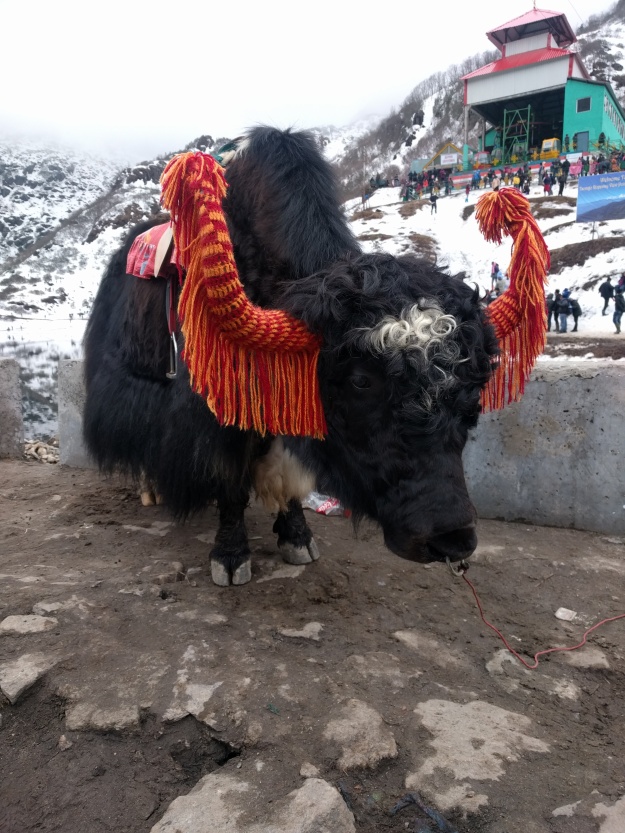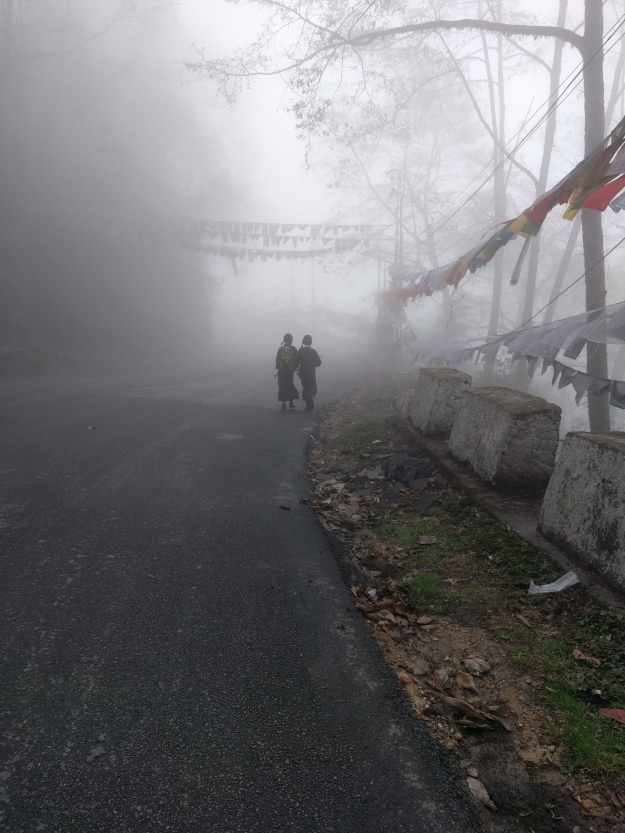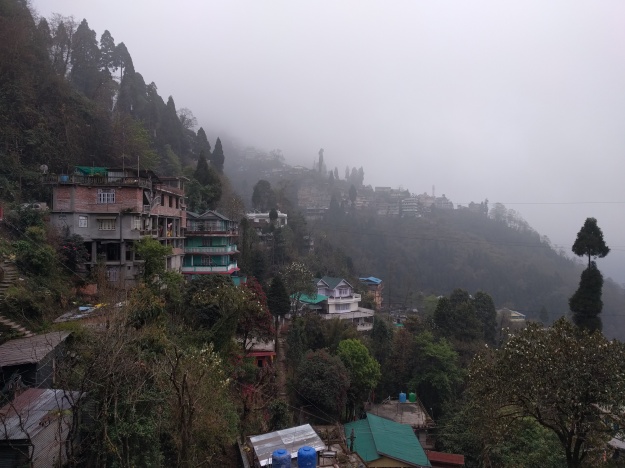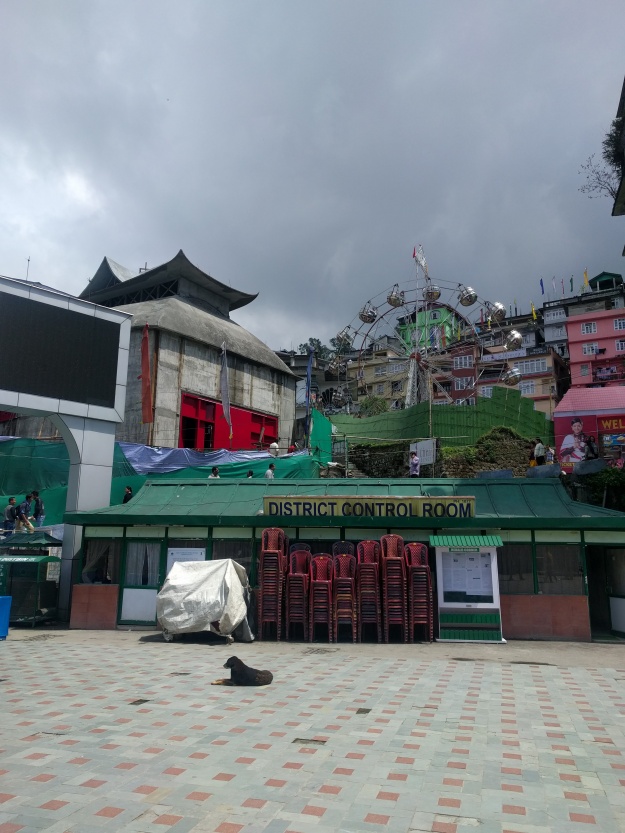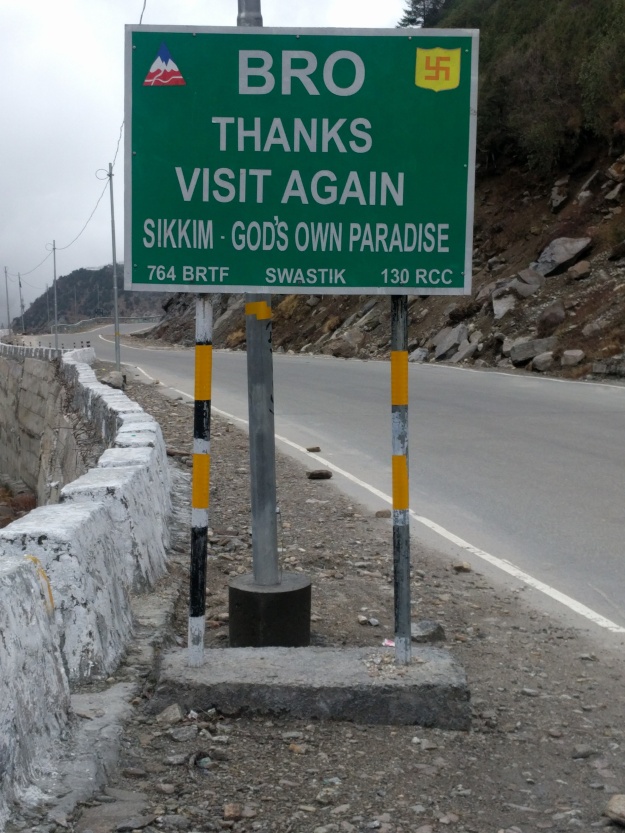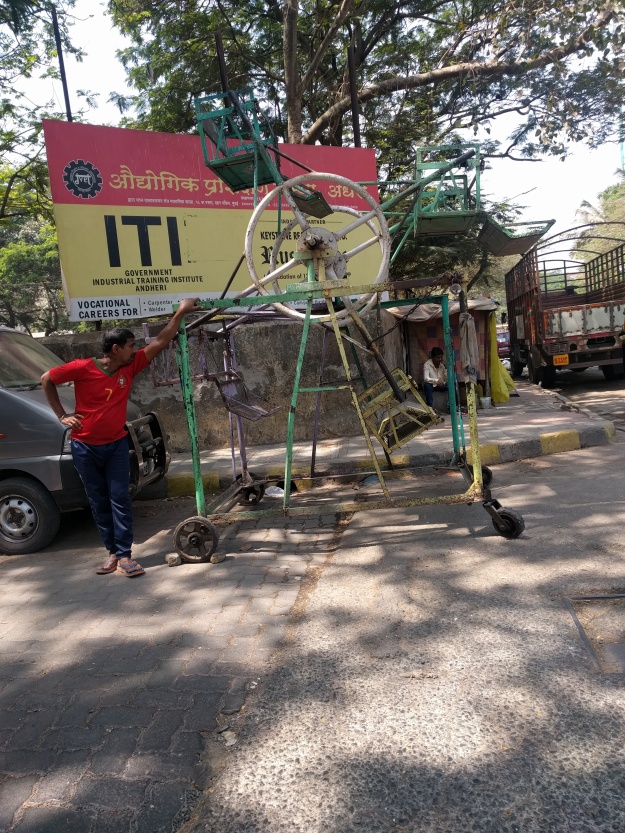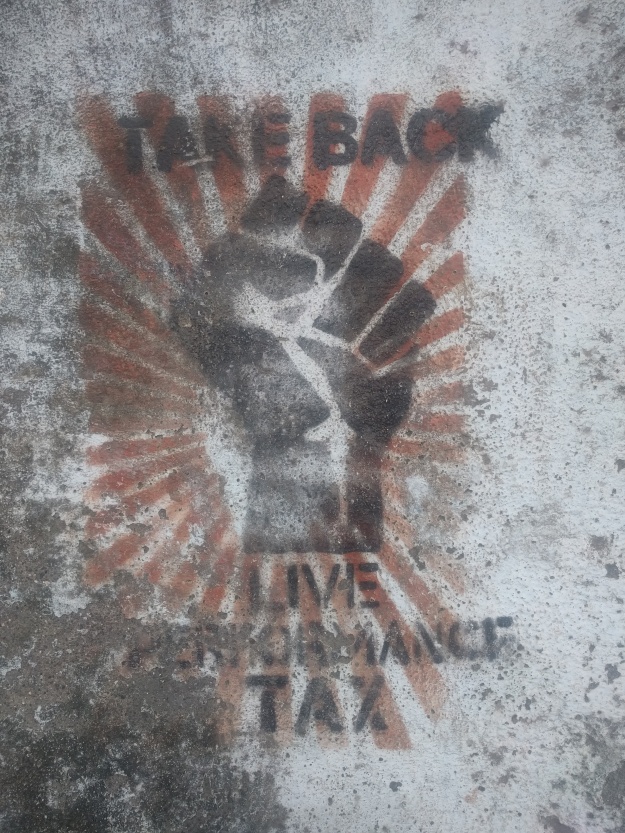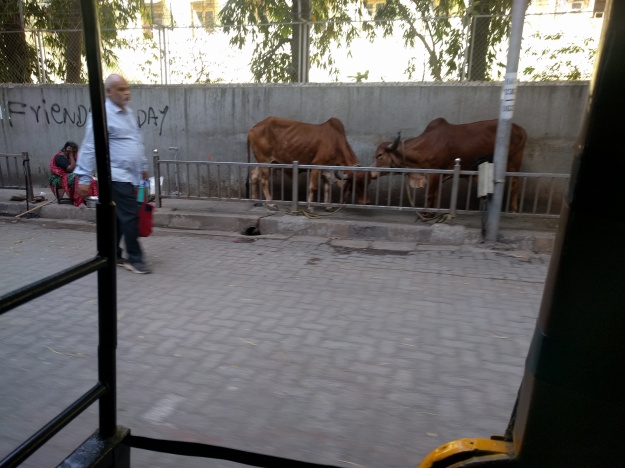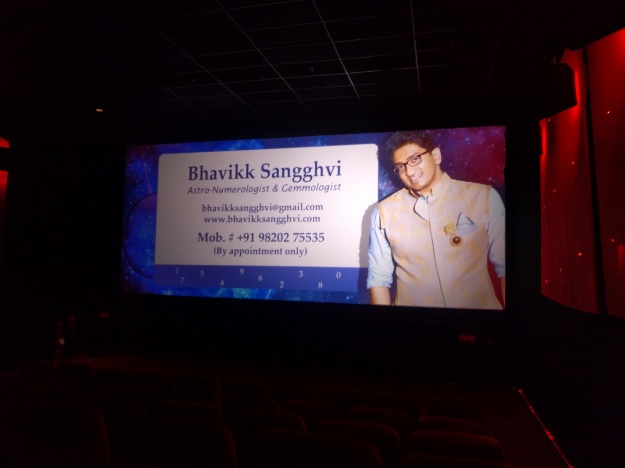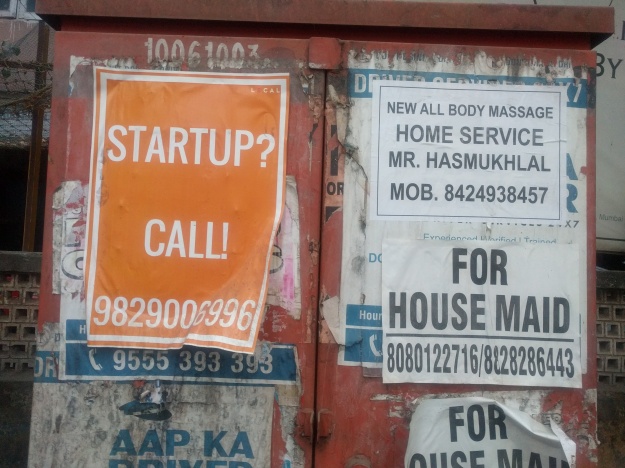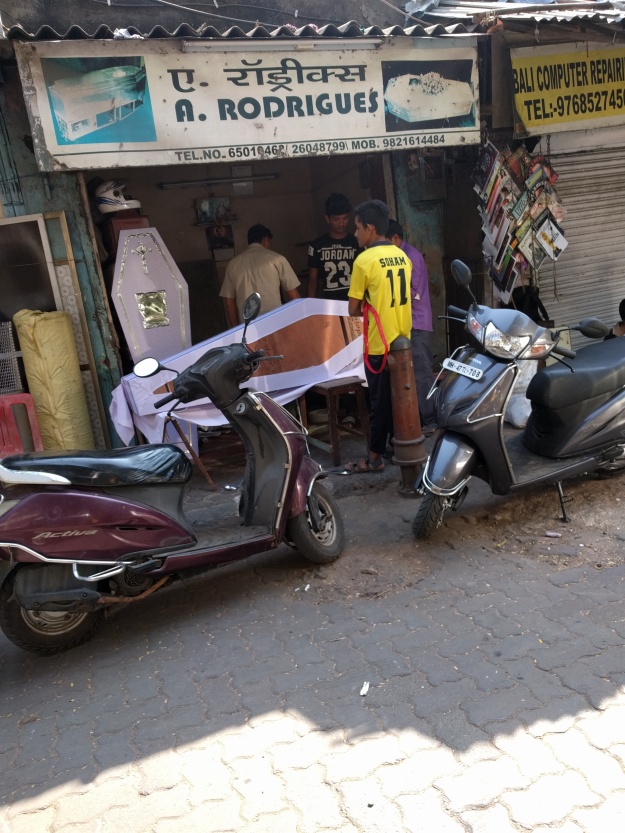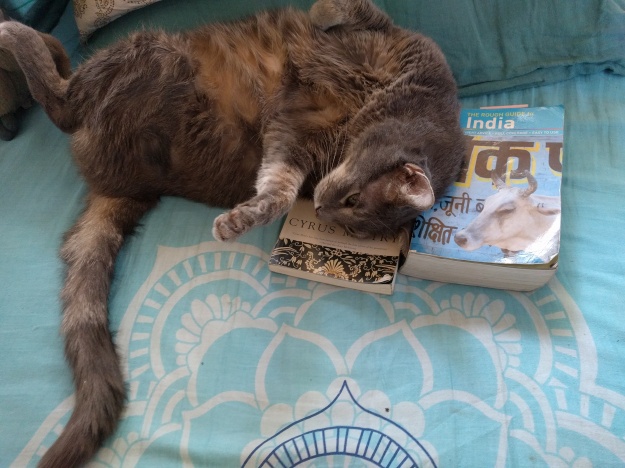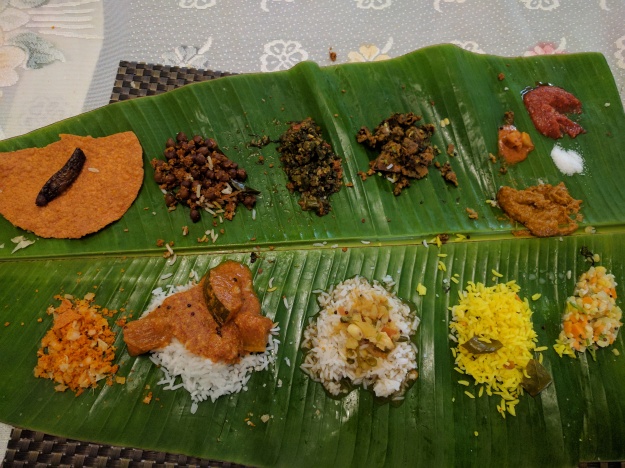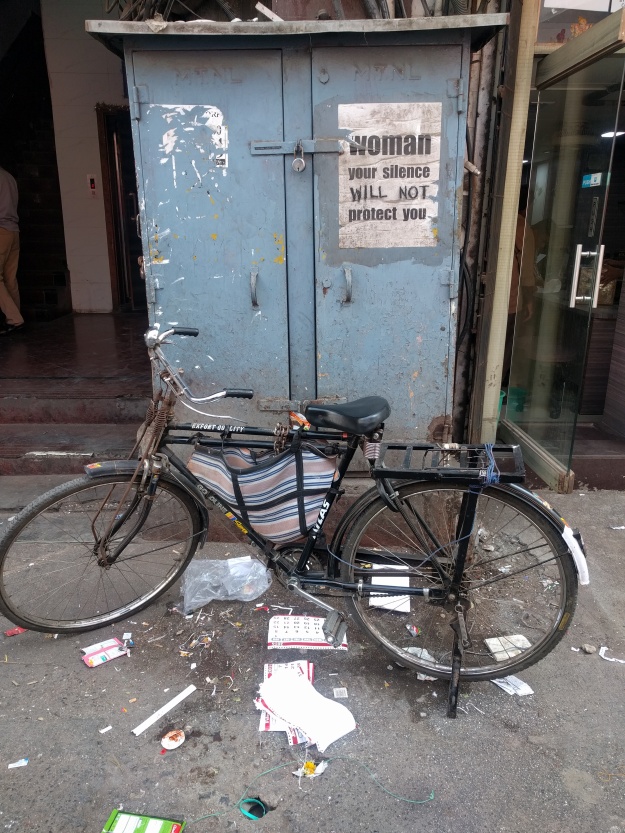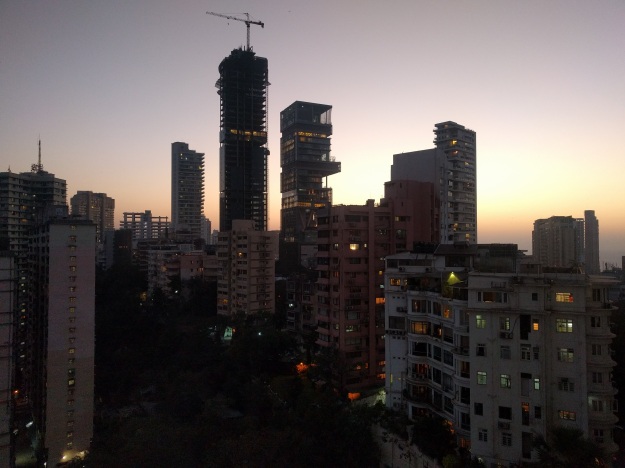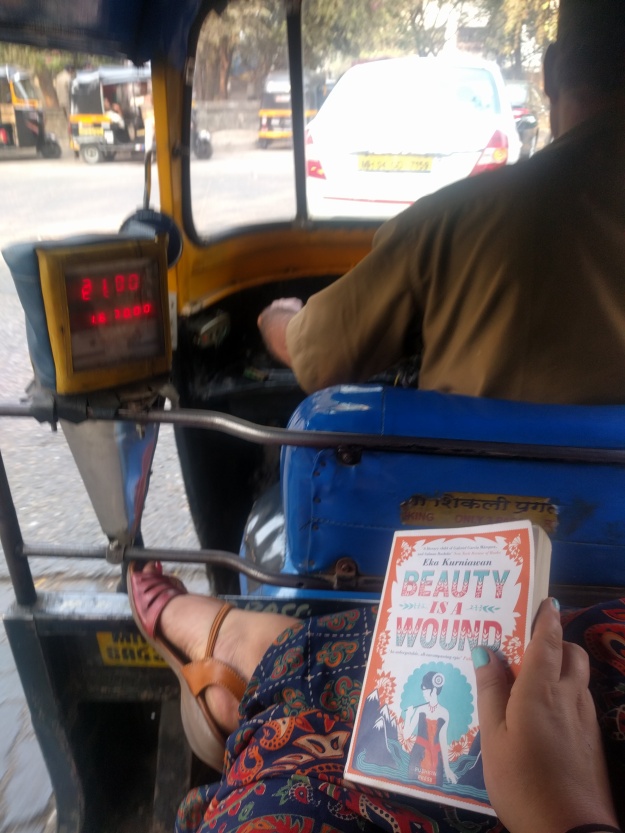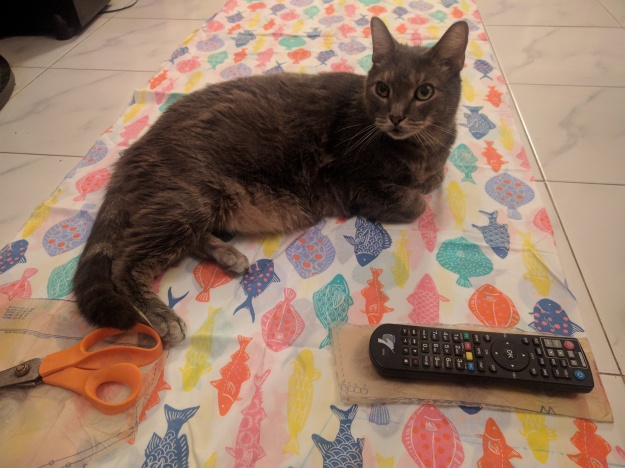” I love it. If you watch it once you will watch it every day”- Google Reviews
“A modern day fairytale, loosely based on the Hrishikesh Mukherjee comedy of the same name, helmed by Sonam Kapoor? I dreaded going into ‘Khooburat’, plagued as I was by dark thoughts of Kapoor’s previous botched attempts at carrying off real characters, which ranged from the terribly twee (‘Aisha’), to the mercifully short (‘Bhaag Milkha Bhaag’). One of the most pleasant surprises of ‘Khoobsurat’, I’m happy to report, is that Kapoor is not half-bad.” – The Indian Express
Here we are again, dear sweet readers! I am deeply sorry for the delay in posting, what can I say, life happens and sometimes chronicling it is an impossibility. In the months and months since my last post, I sped around India, and the world, my first novel debuted, my brother got married, lots of things happened.
But also, I watched a movie, and I have some THINGS to SAY about it! So let’s get to that, shall we? Now, in the past I have introduced you to many a leading lady of Hindi cinema. We’ve had our Alia time, our Katrina time, and even our dear Deepika time (congrats on your wedding, Deepdeep, but the fact that I was not invited STINGS). We have had some fake stars that no one cares about, aka the cast of Calendar Girls (but I care about you, ladies! Especially Ruhi Singh, who played my beloved Mayuri, the real hero of that movie). Now, we have someone in between! Are you excited? I know I am!
Meet Sonam Kapoor.
Sonam is all kinds of interesting, not as a human individual, god no, one has only to read an interview with this woman who talks about reading Jane Austen like that is some kind of accomplishment and not, perhaps, the most accessible English novelist in the world, call me when you scratch the surface of Jude the Obscure, Sonson, but in what she represents.
You see, Sonam is the daughter of a very famous person, which in and of itself is also sort of whatever, that’s just luck of the genepool, right? But Anil Kapoor, who contributed to 50% of Sonam’s DNA, has a knack for business, specifically of the film kind. In fact, the whole family is a film dynasty, founded by Sonam’s grandfather, Surinder Kapoor, who moved to Mumbai on the advice of his famous cousin, Pritviraj Kapoor, father of Raj Kapoor, star of Bollywood’s golden 50s and 60s films. Surinder, however, became a producer, paving the way for his children and grandchildren to become Bollywood royalty, which they are! Which is lucky for our Sonam, because if she had been trying to make in on her talent alone, well, let’s just say there is always law school, right?
Most of the Kapoors work in cinema, and while it seems that the talent of the family has diluted over time, Sonam has become really good at being famous for being famous, which really is a talent, if you think about it! She’s sort of boring, and basic, but she is also tall, and fair, which in India means she is pretty, and I think they are careful to underfeed her, because she is quite thin. She likes fashion, or so she claims, although her unbearably Indian-basic wedding dress suggests something else:
She shows up at Cannes a lot, but has never had a movie that actually….made it to Cannes. That’s actually probably all you really needed to understand Sonam, actually. Or, you could just read this quote:
“For some people, the highlight of their entire month could be going out and eating a pizza or watching a movie at a multiplex, and here I am visiting four countries in a month. So, in that way, movies have made me socially aware. I now know how simple people live their lives.”
Oh, Sonam. #simplepeople
All this is to set you up for this movie, which was produced by Sonam’s father and her younger sister, Rhea, and another guy named Siddarth Kapur who spells his name as Kapur not Kapoor because WHY????? He is not related to the other Kapoors, but it’s still weird. Khoobsarat, a Kapoor cacophony, was conceived, created and cast out upon the public purely as a vehicle for Sonam, who carries the movie like an ungainly swan charging around Rajasthan with the spirit and grace of a drunk toddler. It’s pretty fun. Let’s get into it.
First and foremost, for all its flaws, this movie ups our jobs for women in India! Remember, we had sex slave/farm worker, doctor, calendar girl, actress, model, visual artist, electricity company worker, and whatever the hell Deepika decided to do with her life in Chennai Express. Now, we have physiotherapist! You hear that, ladies? You got options!
Meet Mili Chakravarty, who people call Dr. Chakravarty despite the fact that most physiotherapist do not actually have doctorates. But let’s assume Mili does, she is so spunky and fun, why not? Do you catch that Mili is spunky and quirky and fun? Well, if you didn’t, don’t even worry about that, because nothing, and I mean nothing in this movie is going to be repeated to you more than that.
I like to imagine that this is actually nuanced commentary on inappropriateness in the workplace. But it isn’t. There is no nuance here.
Lesson number 1! There is no nuance here! And anyone can be a doctor in India. You, me, anyone, just put it right there in front of your name!
Then we see the family Mili will be visiting. First, the queen, played by the incomparable Ratna Pathak Shah, who is wasted on this movie.
We are supposed to think she’s a dick because she side eyes her maid, but I just think this she is a gorgeous woman with standards. Get it together, maid!
We also see her son, Vikram, who is played by the dreamy-as-hell Fawad Khan. Fawad Khan is….everything.
The man sings, dances, acts, has a clothing company, plays the guitar AND the drums, and is very very good on the eyes, if ya know what I mean. He also is Pakistani, and India banned Pakistani actors from working in India after the recent surgical strikes at the boarder, but probably also because Fawad Khan isn’t fair to all Indian male stars because he is better than everyone. I mean, seriously.
This guy gets it. That is the look everyone ever has had on their face while looking at Fawad Khan.
This is the look you have on your face when Fawad Khan can’t act in India any more and you know life is no longer worth living. Also, that guy looks like the Lorax, right? Right. Lesson two! The Lorax is real, and he lives in Rajasthan.
Much like Shah, Khan is also wasted in this movie.
Vikram has a fiance, but she is mostly silent, soooooooo, cool. He meets a college friend who is weirdly insistent that she is going to leave Vikram. WHO WOULD LEAVE HIM? HE IS BEAUTIFUL.
Look at that look on her face. She gets it.
And then we have the king himself, played by Aamir Raza Husain, who is a benevolent wine-soaked downer. One thing I like about this movie is that they consume a lot of wine, and I get that. The king wears lovely dressing gowns and doesn’t care about his physical well being:
And they have a daughter but oh my god that subplot is so worthless no one cares. She’s always late for dinner, she doesn’t matter, it’s fine.
Anyway, Mili lives with her family in Delhi and her mother wants her to get married. That is also the beginning of every story about a girl from Delhi ever, probably. THAT is some Jane Austen shit, SONAM!
Mili calls her mother by her first name, which shows us how cool and modern she is, but also Mili lives at home at the age of twenty-whatever despite the fact that her job is in Kolkata so…..yeah.
Anyway, Mili heads up to the palace in Rajasthan, because this movie is also an ad for tourism in Rajasthan, and is awed by it, and takes photos like any Delhite would, and because Mili is a barely functional human being, instantly disrupts the household. She is weird and judgmental and like, eats a bunch of drumsticks by hand or whatever, and the queen is not amused.
My husband would love it if we lived by this rule. Although Mili quickly establishes that she is the worst, I am with her, this is weird. Who doesn’t talk when they eat? Lesson number three! In India, it is rude to talk when you eat, apparently?
Sidebar: Why, when trying to show a woman has a personality in a Bollywood film, is the instinct always to make her terrible? Why does she have to be mean, annoying, and weird? Why can’t she be cool? I know so many cool Indian ladies. Why can’t she, like, be a civil rights advocate, or an environmentalist, or fighting for educational equity? Why can’t her rebellion be, like, against labor issues? Why can’t her thing be that she is outspoken…about the slums? Why is she always just a low key jerk? Sidebar OUT.
Mili goes to bed in her delightful room which she drapes scarves all over because….why? Why did she pack that many scarves? How much did Mili pack? She has SO many outfits, and enough scarves that she can cover her room with scarves and STILL HAVE MORE SCARVES TO WEAR. Was her bag just scarves? This film is such a mystery. Lesson number four, bring all the scarves you own while traveling. You never know when they will come in handy!
Mili goes outside and the power goes out, because that is a real thing in India, rolling blackouts, and then she goes back inside but to the wrong room just as Prince Vikram gets back and goes to bed. They do this whole “in the same bed but they don’t know” thing that is about as realistic as a jelly-bean rainstorm, and then they realize they are in bed with a stranger and do the whole “but who are YOU” crap. It’s tedious. Mili continues to be the worst:
LIES. He looks like the prince of everyone’s DREAMS, Mili! She concludes that he is a snob because he is a perfectly normal human and he concludes that she is insane because she very clearly is, and then we get a montage in which Mili wears a multitude of outfits and nothing really happens.
Mili is very into print mixing and I am NOT here for it.
But seriously WHAT DID THIS WOMAN PACK? She is there to do a JOB, but she packed for, like, an offensively Native-American themed beach vacation. She also does yoga on the lawn at night which….okay. Whatever.
Vikram scolds her for her clothing like a man who has never been sweated all over by a guy with a man-bun and shorts and nothing else in a Manhattan yoga class. Vikram! Come on! That said, her taste is appalling.
Anyway, the more important PLOT thing is that the King won’t work on his legs, or whatever, the actual issue is never really explained, but he doesn’t want to get well because….we will get to that, so Mili is bored and thinking about leaving this stuffy palace when she decides to get drunk with the staff at night.
Man, I hope this sounds better in Hindi.
She drinks, she dances, she hears the sad story of how the king hurt himself in a car accident which killed their older son and if they are royalty wouldn’t this have been in the papers and how come there are no photos or paintings of that guy and like, we don’t ever really know his name so he is clearly a narrative device, right? Cool. Cool cool cool. Maybe he is like the son in Who’s Afraid of Virginia Wolf and he isn’t REAL.
Mili wakes up hungover and with a new appreciation for these poor little rich people. She hatches a new plan for how to trick the king into getting better, by pretending she doesn’t plan to help him at all. It’s this kind of logic that bars her from her doctorate.
Her clothing in this movie is a SITUATION.
ANYway. She runs around in more insane outfits (seriously, how much did she pack? Are her parents sending her stuff? Is she a compulsive shopper? That is the REAL story here) and the king lets her have the run of his wine seller. Love him. Lesson number four, when in Rajasthan, try the wine! She talks to Vikram about why she is single:
Oh, lady. That is something your mom and your friends tell you before you do so major work on yourself and get it together and then everyone is like, oh thank god. Anyway, Mili and Vikram share some wine and a moment, despite these two actors having literally no spark, it’s like trying to start a fire under water. Whatever. Mili is more into her scarves right now, anyway.
She goes with Vikram to meet the seller of a palace who is the Lorax from the plan and has a dope jacket on, and that palace is CLEARLY the Amber Fort in Jaipur and not for sale. The guy is like, want to fire a gun? No one should give that woman a gun. He does anyway. Sigh.
Again with the horrible print mixing. But I can’t fault the Lorax. He doesn’t want Vikram to cut down trees, er, buy his palace. Then why are you SELLING it, Lorax? Come on, man!
Oh, god, and then this whole thing happens in which Mili is kidnapped, which does not seem on brand for Rajasthan’s tourism campaign which is clearly the real hero of this film, but whatever, and Vikram saves her, and the kiss which makes no sense, and then it’s like:
Ugh, that hat. That is some sad Etsy right there. They decide to forget the kiss ever happened, after all, he has a fiance (or does he???? She has no lines and no one ever meets her and she isn’t THERE, maybe she is a ghost! That would have made this a much more interesting movie. Lesson number five, sons, and fiances, might be ghosts, be alert.) But Mili is sad, and in that sadness wears the only normal clothing combination she wears in this whole movie:
The king has decided he does sort of want to walk again, which…again, don’t care. No one does. The daughter wants to be an actress. The queen wants to be in a better movie. It all keeps going on. A sad song plays.
Ugh, how does Mili SLEEP with all that shit on her bed? Again, she is the worst. She is never not the worst. She even print mixes her PAJAMAS.
They are awkward. About as awkward as her chiffon vest over a t-shirt.
Vikram plans his wedding. The look on his face is the same look my husband has while thinking about clothing shopping/buying/etc, so that felt real. But the point is he would be loving that brocade if MILI was his bride.
No, he wouldn’t. It’s not a great brocade. Sorry, bro.
Vikram and Mili go back to the Lorax, he’s doing well, and Vikram extends to him a deal in which they are partners and he can stay in his palace because Mili, a genuine asshole, has made him a better man. It makes no sense but the Lorax is happy so I’m okay with it. Then they get drunk! I love how much wine they drink in this movie. It’s magnificent.
Mili and Vikram stumble around like people who have never had a drink before, and decide to stay the night.
This scene is whatever but the ROOM, my god. All of the interiors are awesome in this movie when Mili isn’t covering them with scarves from her magical suitcase that contain legions.
For some reason Mili’s parents come to visit her (at her JOB? BOUNDARIES) which is super weird, and much like their child, they are the literal worst. The mother, Manju, chastises the queen about how she lives her life IN HER OWN HOME, and somehow the queen restrains herself from having these people torn limb from limb. We are clearly supposed to think they are fun and cool and the royals are stuffy but…they are the literal worst, so….I do not! Anyway, Mili comes back during all this and it turns out the daughter no one cares about has run away which…no one cares about and the queen blames Mili, the weird rude person who covers her beautiful home with horrible scarves, and Mili’s mom is a dick like her kid:
These people need to make like the Jordan Peele film and GET. OUT.
Except for the fact that she is clearly color blind.
Mili confronts Vikram and he tells her it isn’t going to work between them because she is an emotionally unstable nutjob, ahem, I mean, because they so different.
Mili looks at him like he is saying crazy-talk, not a very real and legit statement. Then she and her horrible parents leave. She doesn’t even get her stuff! What about her scarves, her beautiful scarves? The point is, she is gone. Happy ending? Nope. There is more.
Mili is back at home and we can see that her print-mixing tendencies run bone deep. I like the idea that the extremely wealthy Kapoor family was like, what do middle class people like? Colors that clash. Always. Yes. Nothing says middle class like clashing color. Lesson number six! Nothing says middle class like colors clashing!
Sonam tries to cry but it is clear that someone just dumped some saline solution on her face. Also, Mili has the room of a 16 year old girl.
Vikram can’t take it anymore because….no reason. They really don’t set this relationship up well. He goes and breaks up with his ghost fiance who is very chill about this and has her OWN palace so she will be fine.
I feel like maybe they were setting up a sequel or something with this line. It’s just so weird. But maybe it’s all a part of her ghost life!
And then Vikram comes and finds Mili at a paintball space thing in Delhi and proposes. So….yeah. That’s this movie.
The obvious best and most realistic part is when Sonam wears this sweater proving that she, and Mili are Punjabi AF:
That is some North India realness right there. I saw like five dudes in a version of that sweater the last time I was in Amritsar. Lesson number six! North India is an ugly sweater parade. Get into it.
And there you have it! Six lessons, one new job for women, and you got to learn about Sonam Kapoor, a woman who launched her own lifestyle app a few years ago and once called Aishwarya Rai Bachan “an auntie from another generation”. Oh, Jesus. She IS Mili, isn’t she?

